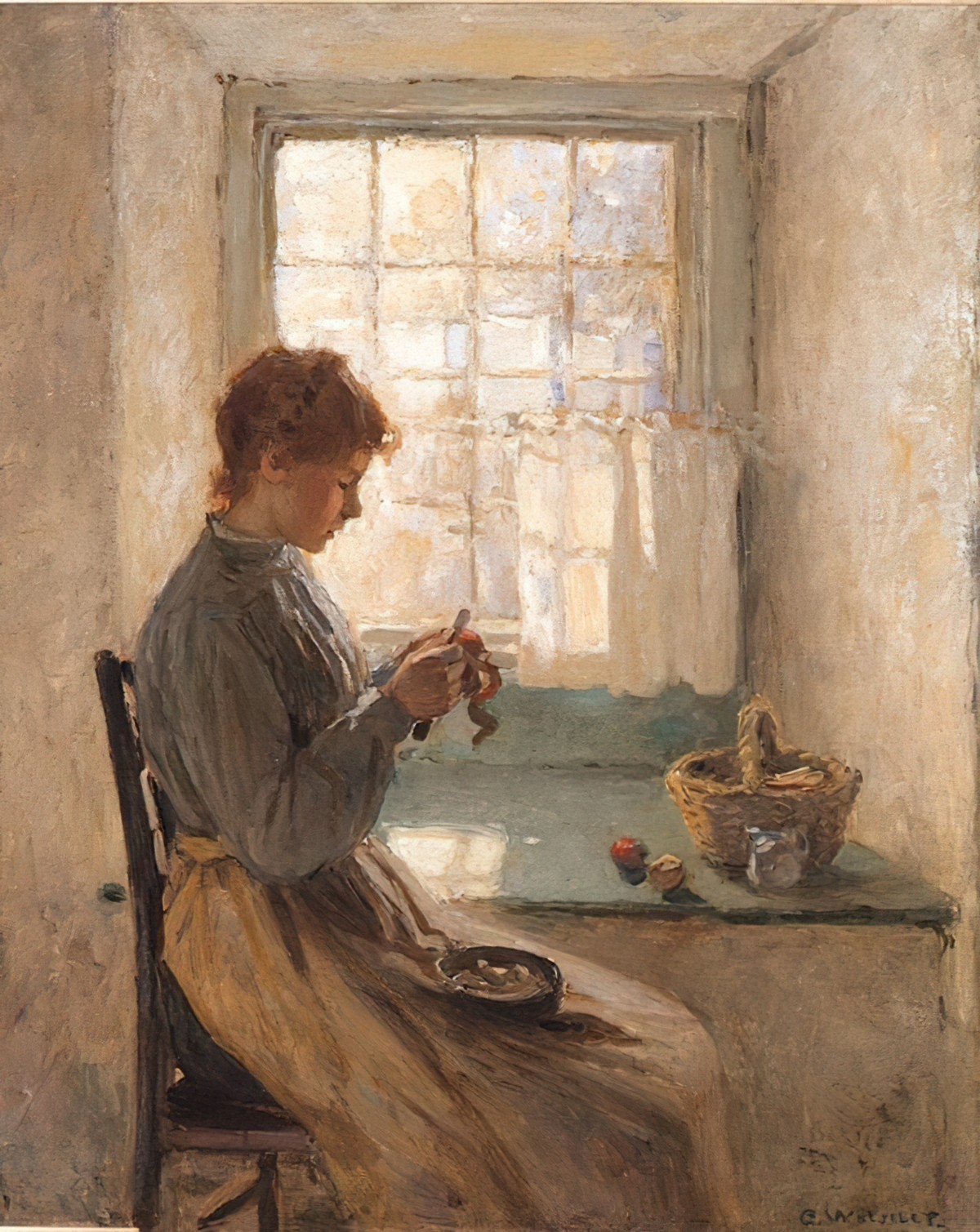“Infants less than four months old living in a home where household cleaning products were used more frequently were more likely to develop wheezing and asthma by age three.”
Modernity Has Made Us Allergic (also don’t change your sheets too often and keep your pets inside)
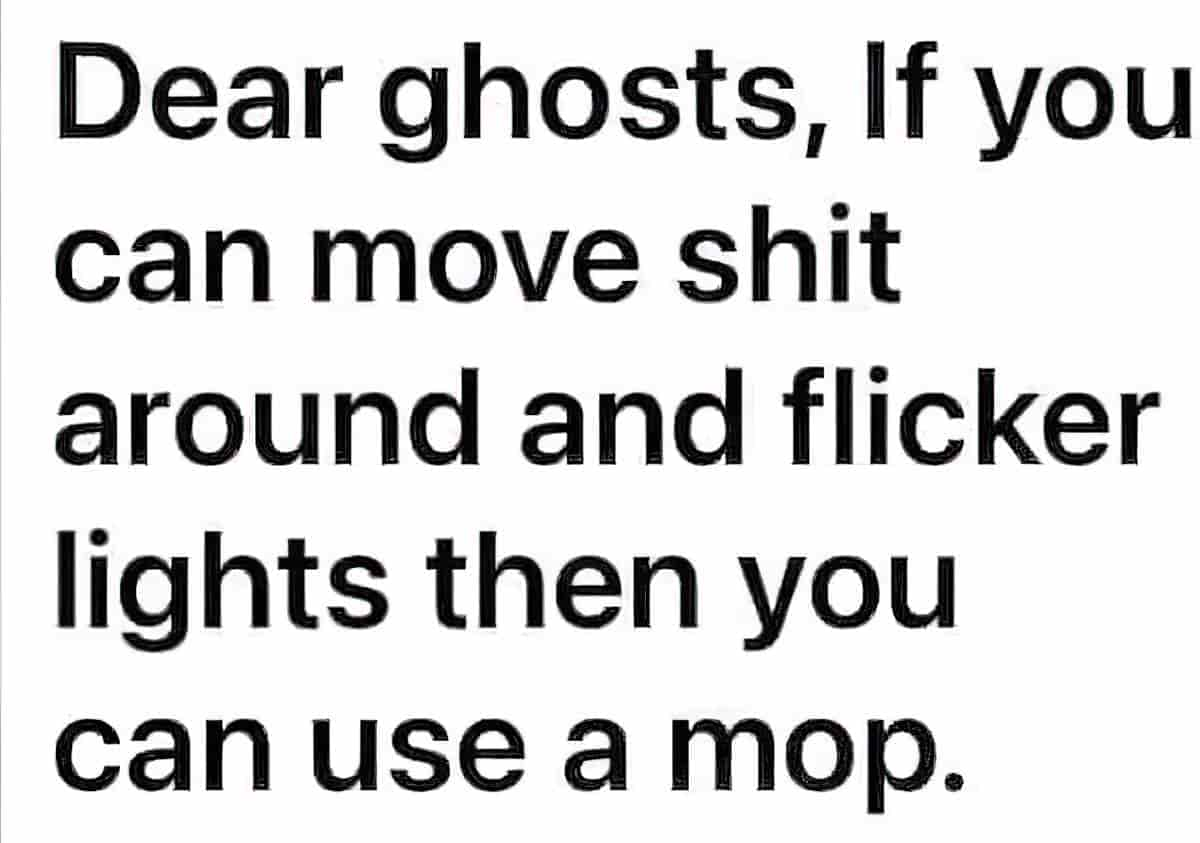
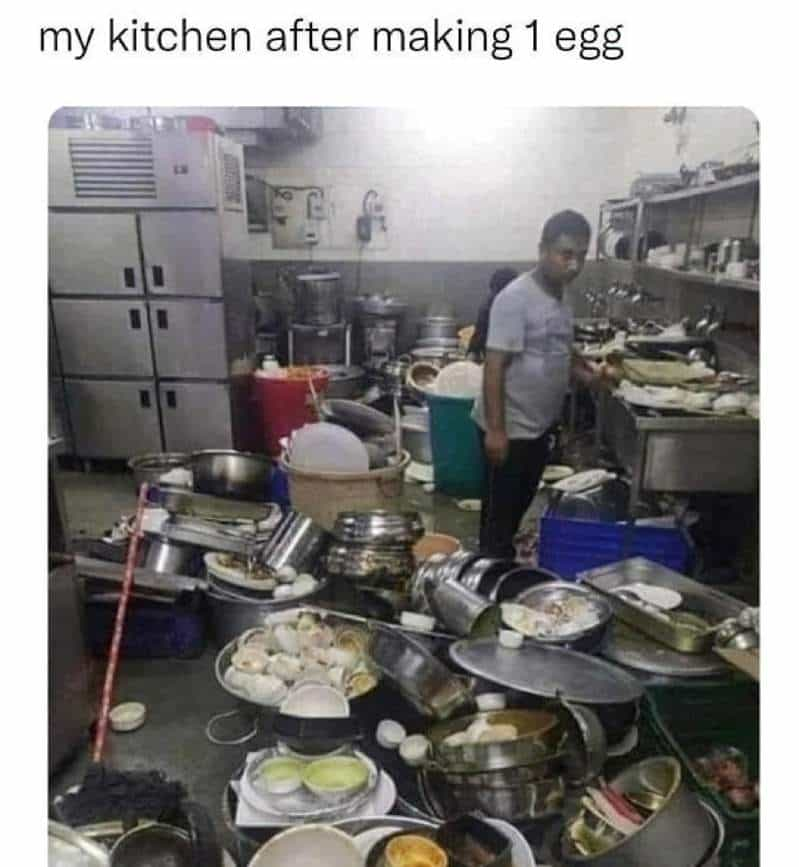





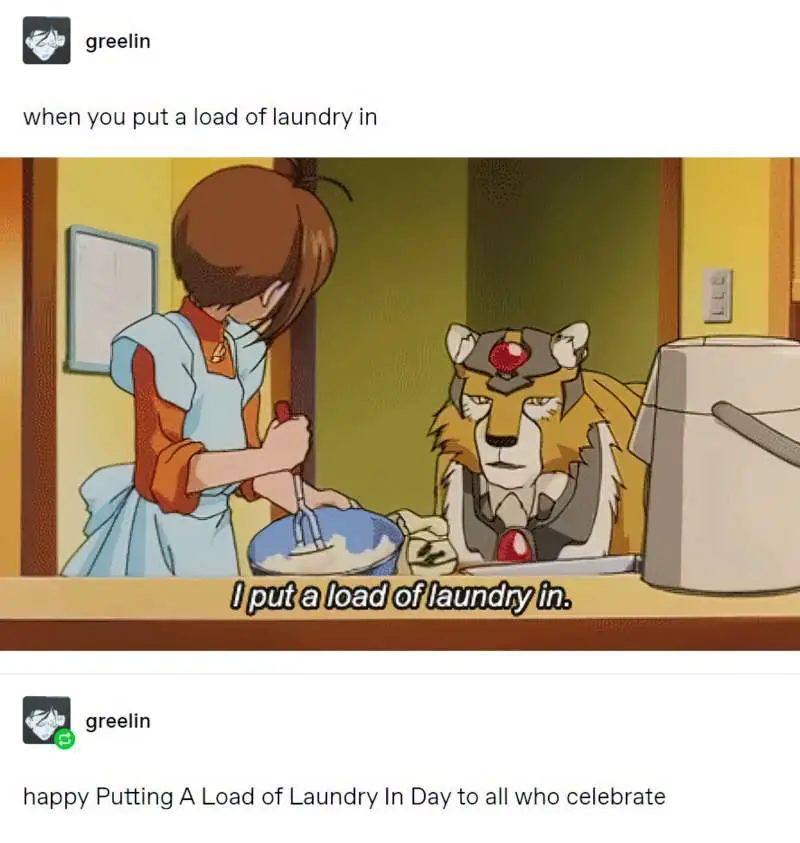
Cultural Production and the Politics of Women’s Work in American Film and Literature
How does thinking about gender and work help to rethink cultural hierarchies? In Cultural Production and the Politics of Women’s Work in American Film and Literature (Routledge, 2019), Polina Kroik, who teaches at Fordham University and Baruch College, CUNY, explores the relationship between work and gender in American culture. The book offers a wide-ranging discussion, from early twentieth century literature to the Hollywood studio system of the 1920s and 1930s, as well as mid-century literary publishing and contemporary television. The book analyses a wealth of well-known authors and examples, including Sylvia Plath and Mad Men, as well as figures, such as Nella Larsen, who have seen less public attention. The book is essential reading across humanities and social sciences, as well as for anyone interested in gender, race, and culture.
New Books Network
[Community Cookbooks] began as a way for women to come together and share recipes and to support a common cause be it a local church, school, club, or other fundraising goal. The concept became so popular and spread rapidly throughout the nation that more than 3,000 charity cookbooks were published between 1864 and 1922, according to Feeding America, an historic cookbook project of Michigan State University. Antiquarian bookseller, collector and food historian Don Lindgren shares his insights into this movement from charitable funding to the breaking of gender limits.
Women’s Work: History of Community Cookbooks
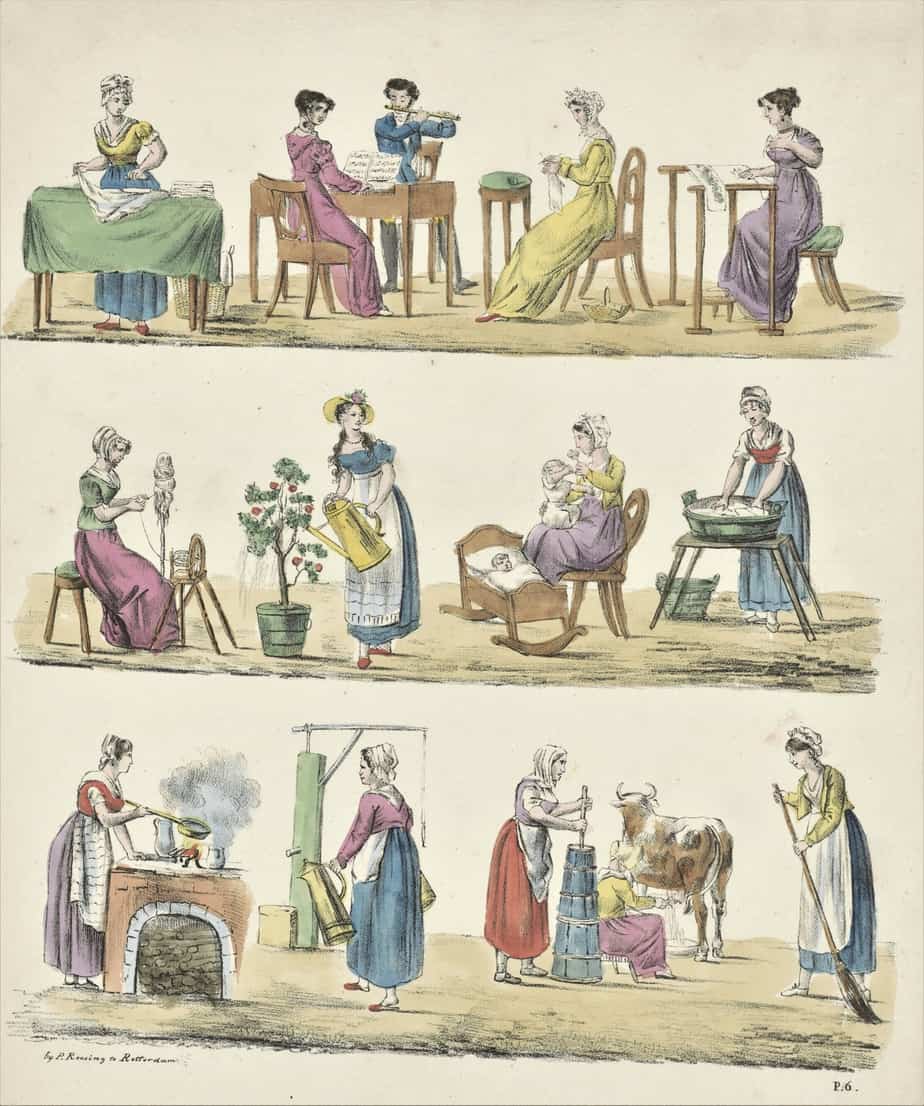
The first edition of THE JOY OF COOKING (1931), self-published by Irma Rombauer, is America’s most popular cookbook, having sold more than 18,000,000 copies. On the original cover, the book featured a silhouette cutout illustration by Rombauer’s daughter, Marion Rombauer Becker, who was director of the art department at John Burroughs School in St. Louis. Her design depicts Saint Martha of Bethany, the patron saint of cooking (representing here the chore’s drudgery), beating a dragon with a mop.
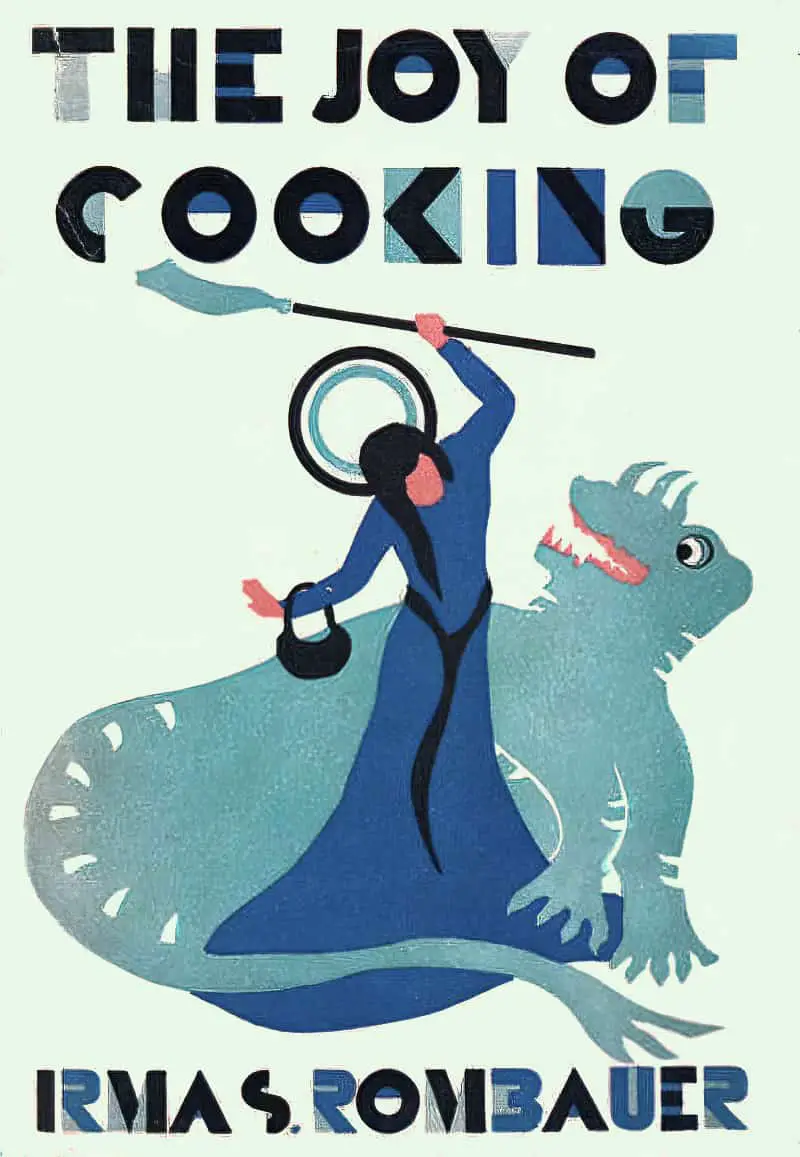
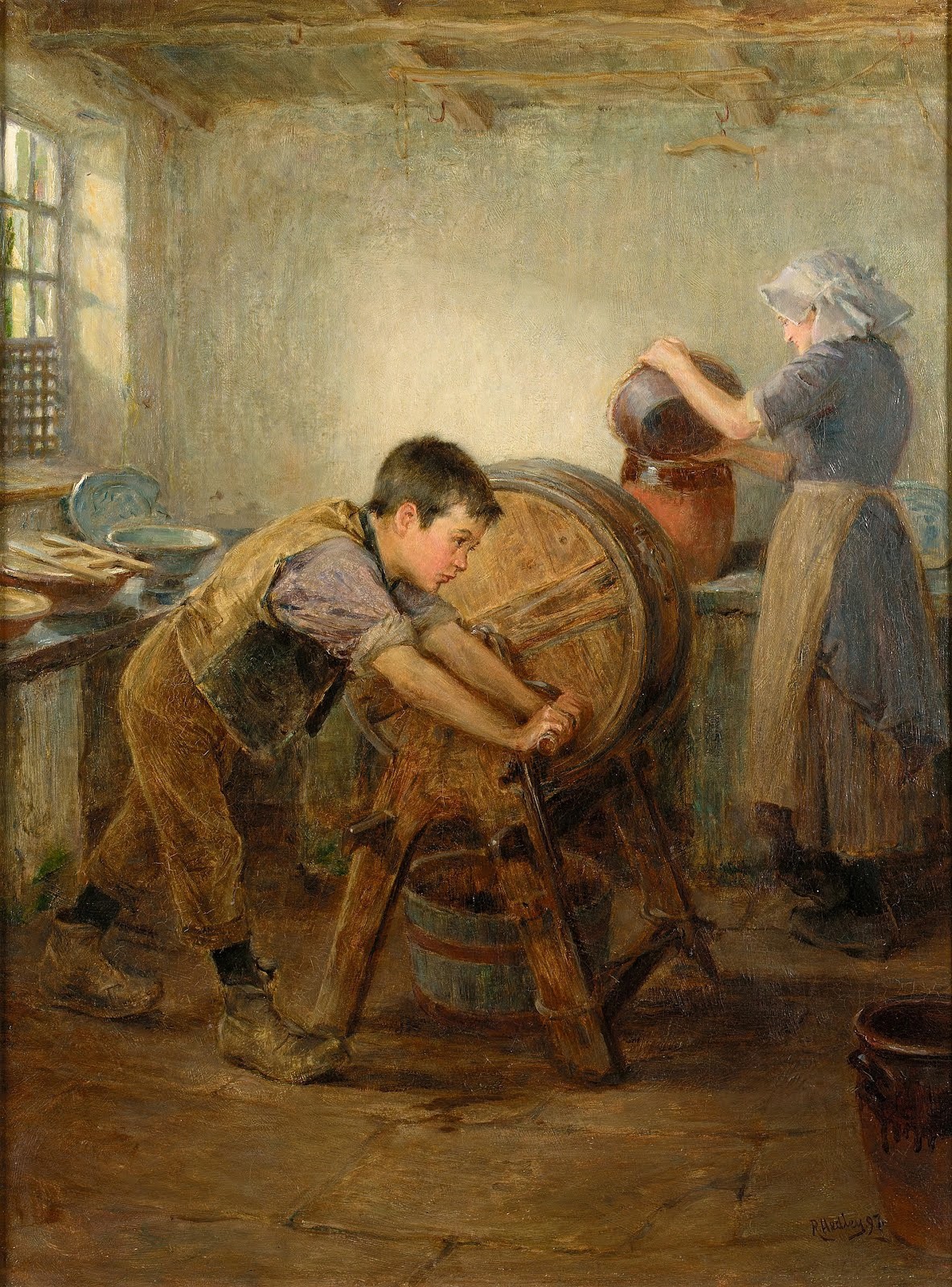
From an accidental churning in ancient times to the modern day quest for the purest, silkiest spreads, butter has a very rich history. Historian Elaine Khosrova, author of Butter, A Rich History, shares some of her stories as we dive into the unctuous beginnings of this delicious food.
All About Butter
It’s been nearly ninety years since Irma S. Rombauer self-published the first edition of Joy of Cooking in 1931. It quickly rose in popularity and soon became the “kitchen bible,” shaping the recipes and techniques of home cooks. Irma’s daughter, Marion Rombauer Becker, revised and wrote the 6th edition in 1975, now considered a classic. Today there is a new, modern edition which reclaims many of the lost recipes over the years and adds a few new ones. John Becker, Marion’s grandson and great-grandson of Irma , and his wife Megan Scott spent nine years revising and updating the recipes and information for the newest Joy of Cooking. They share their stories of that effort with Linda on this episode.
Joy of Cooking, a podcast episode
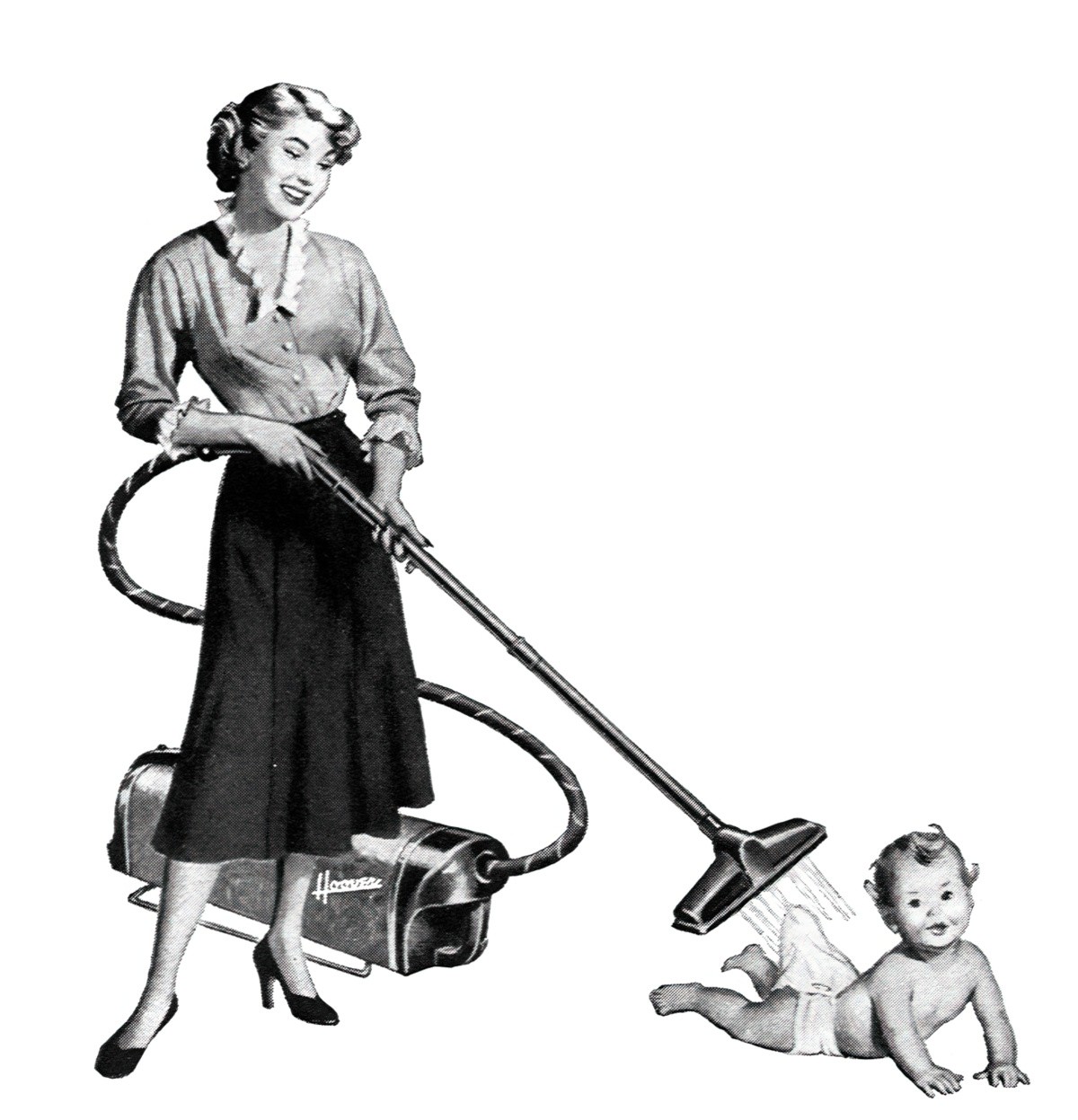
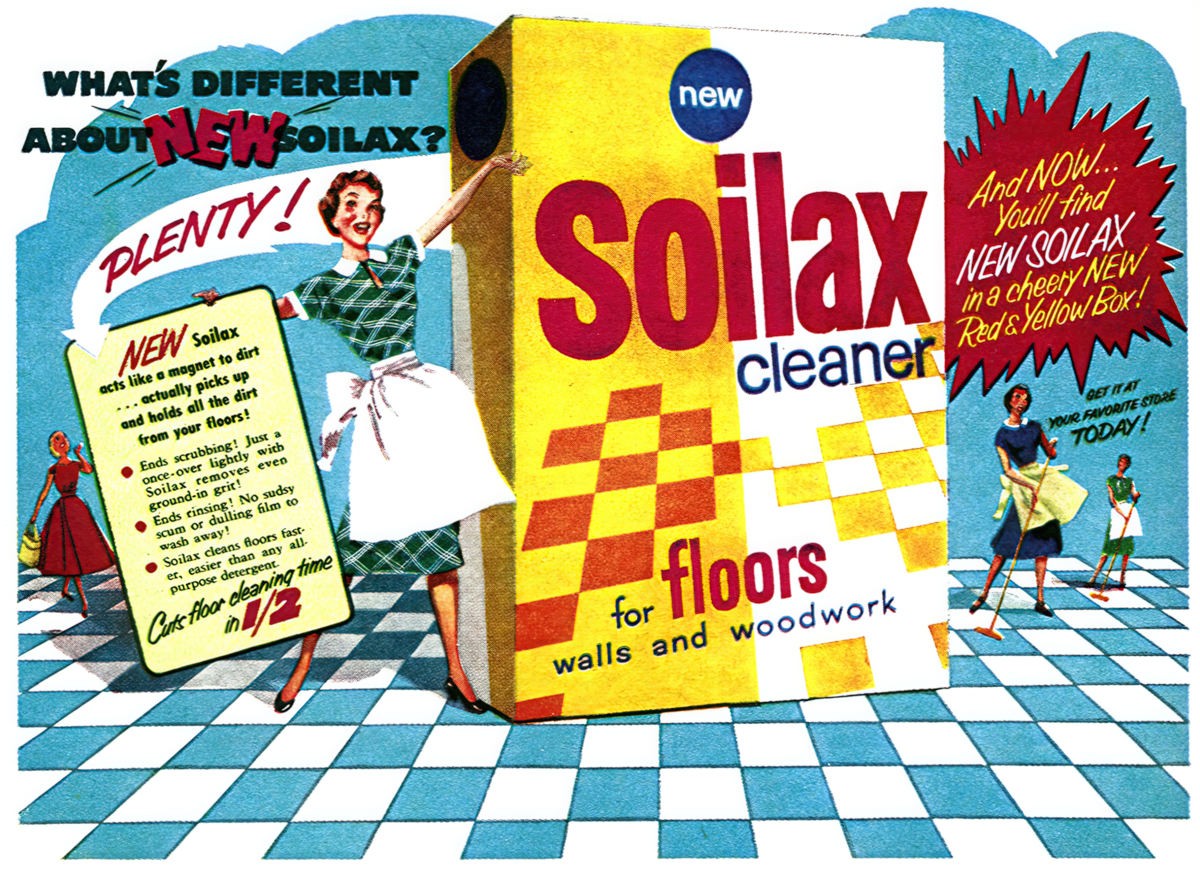
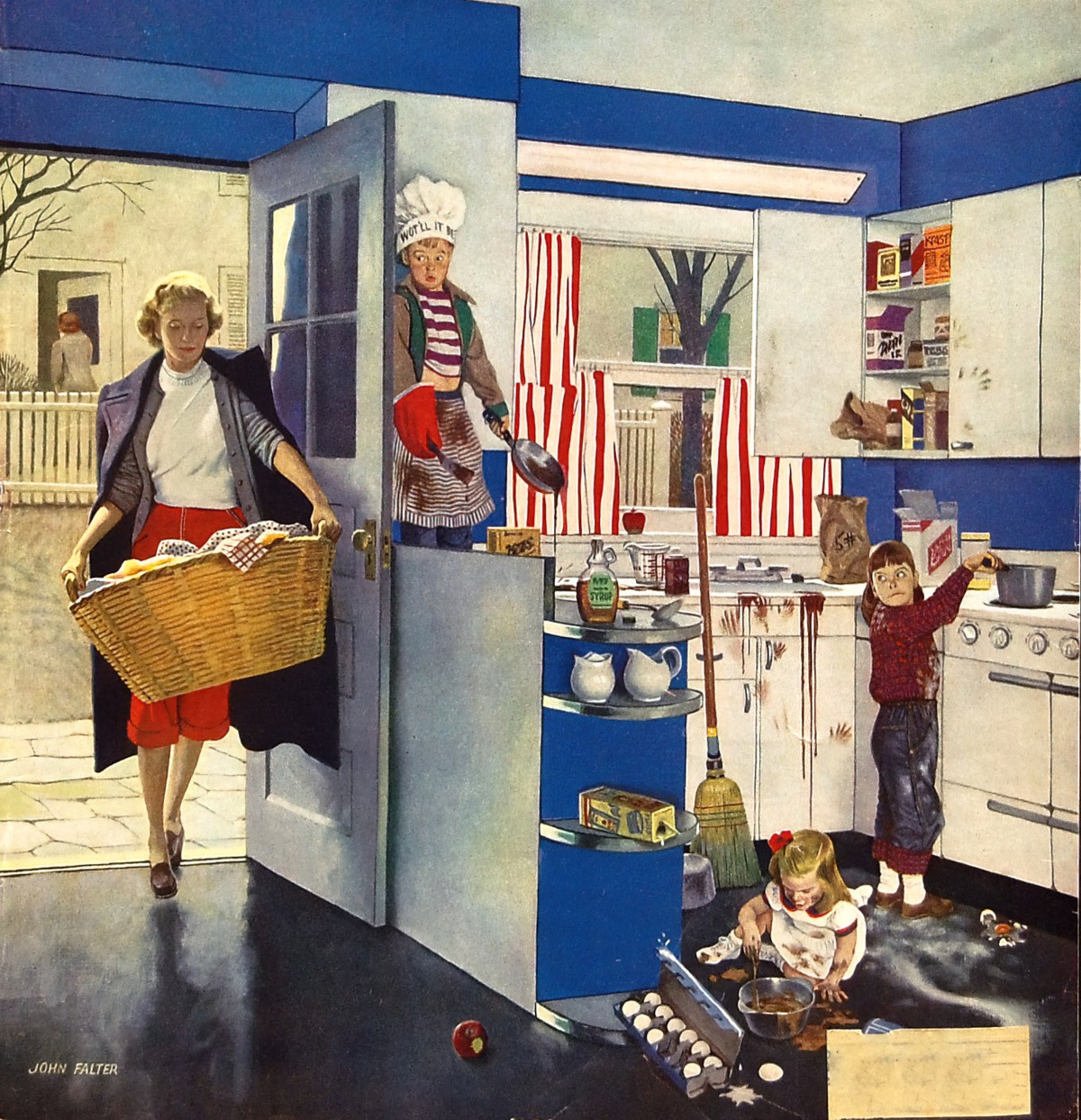
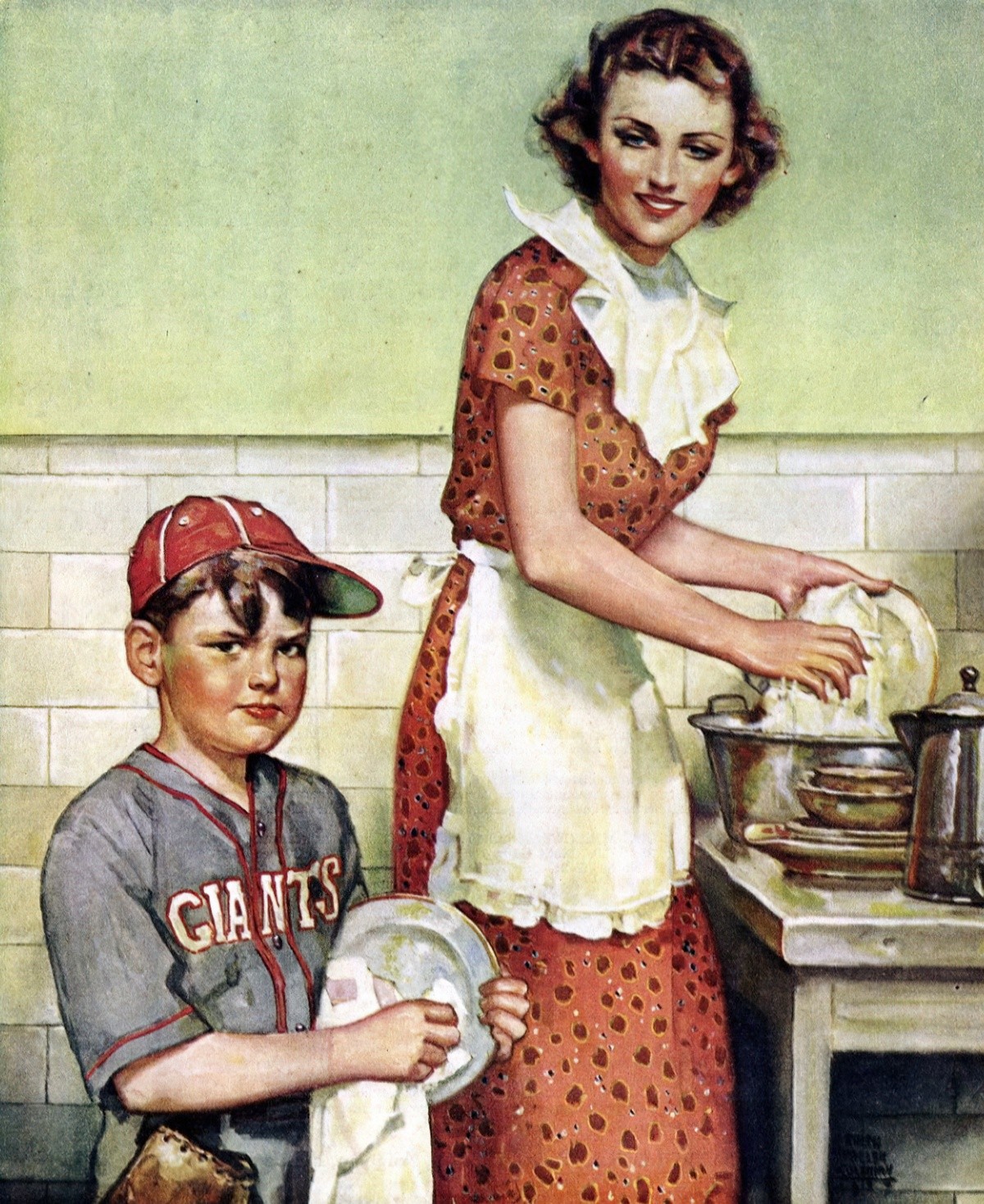
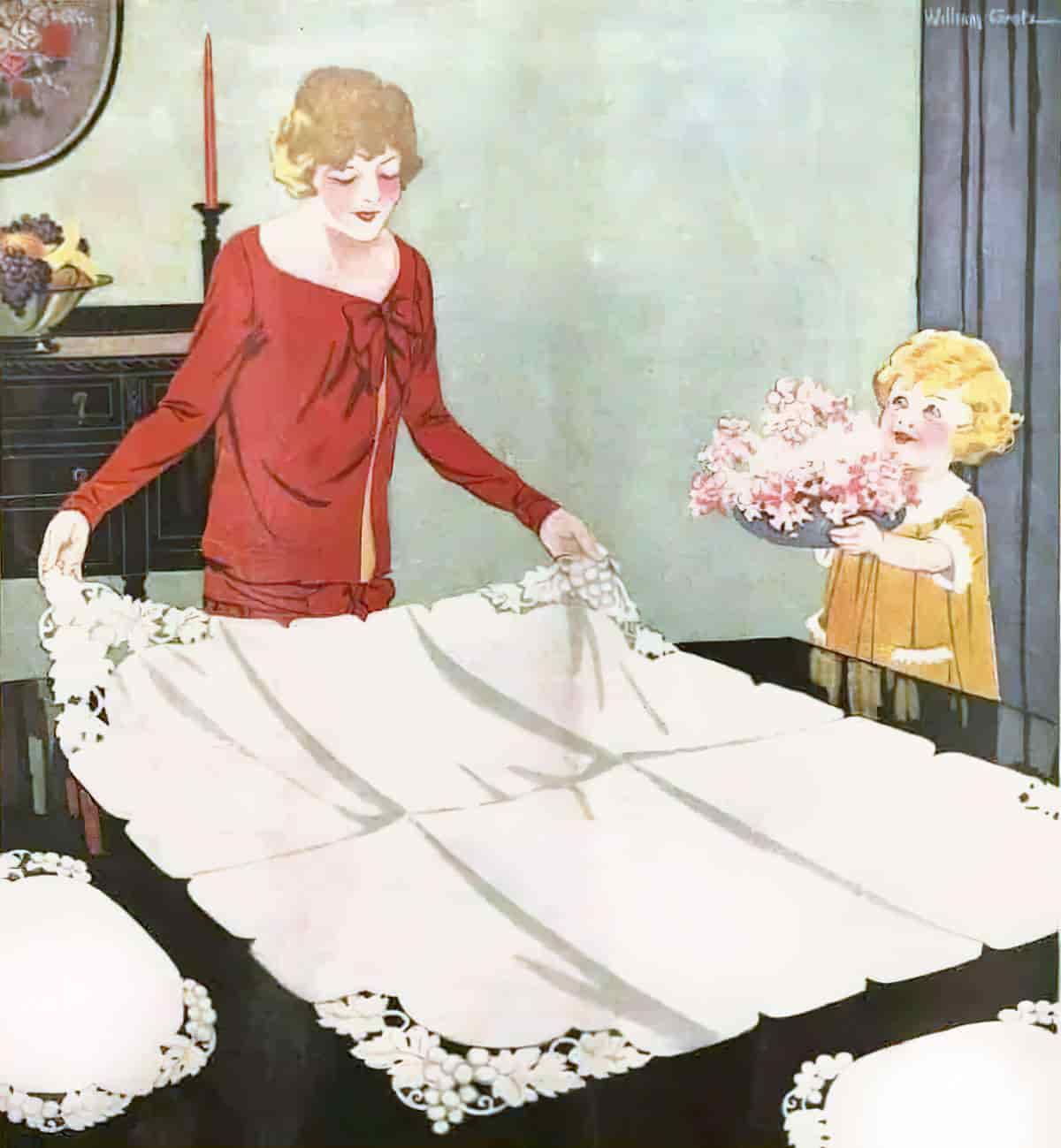
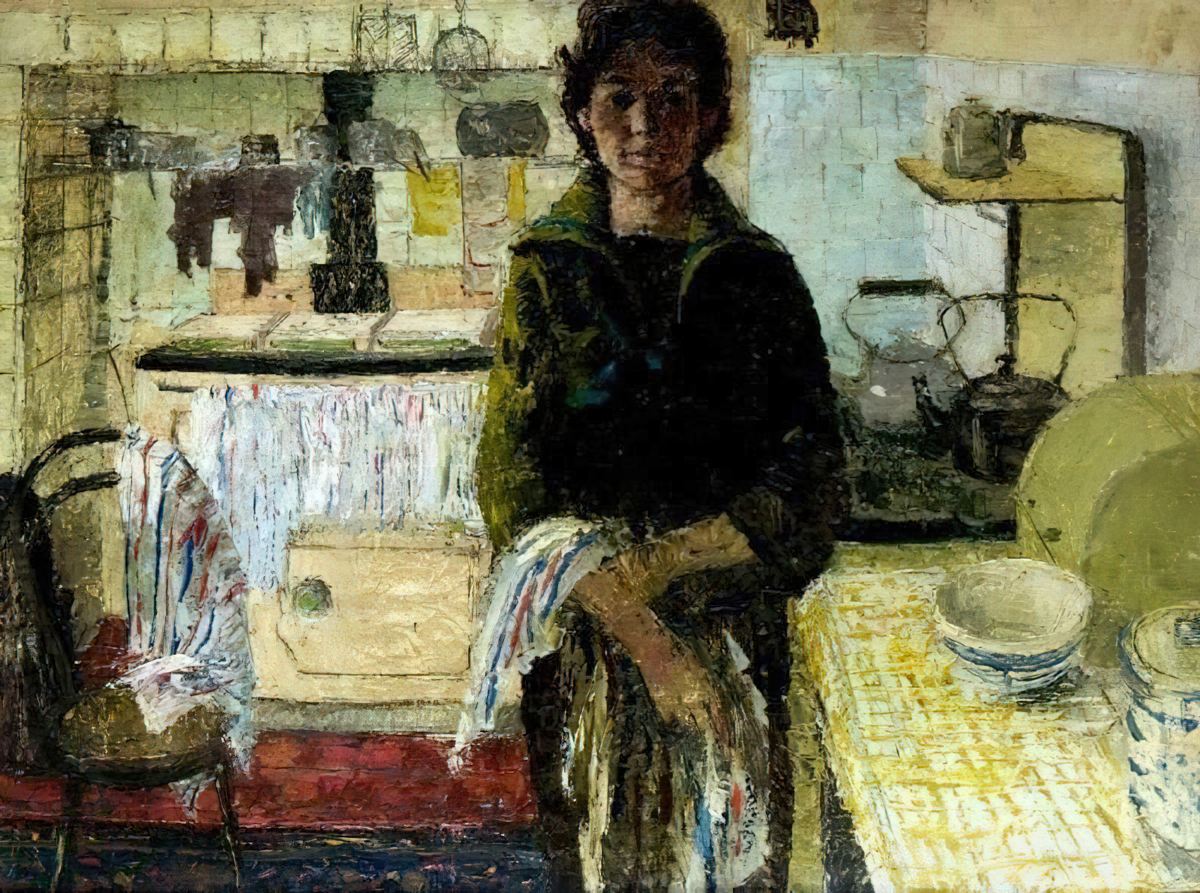
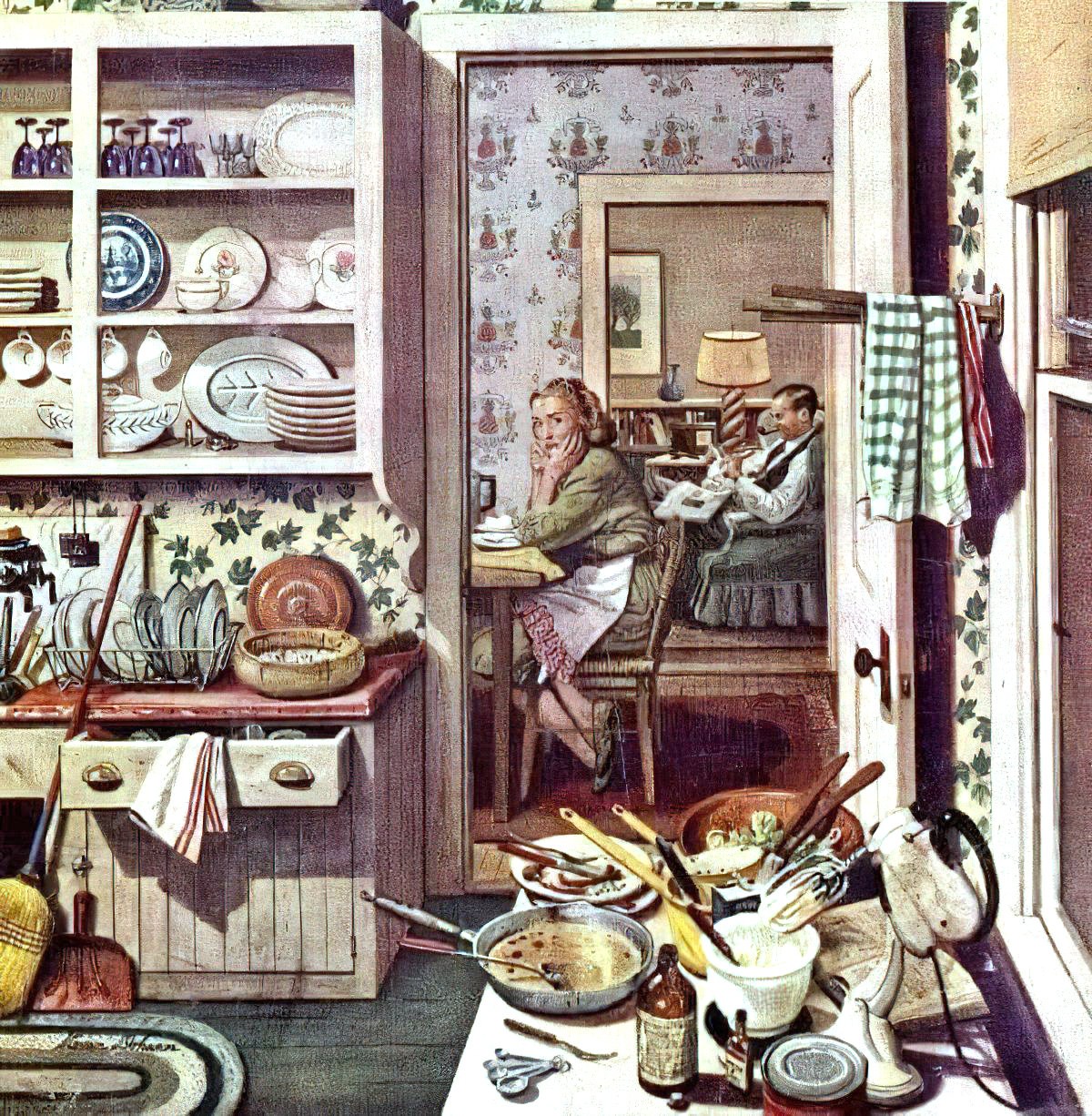
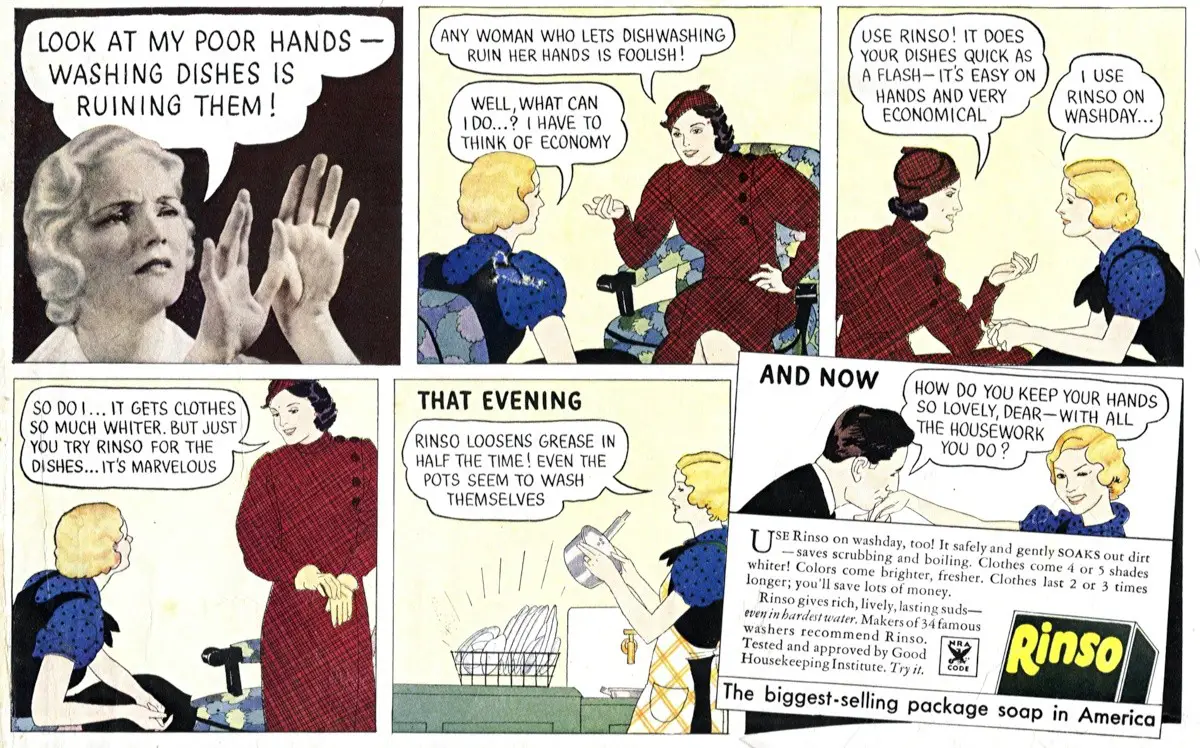
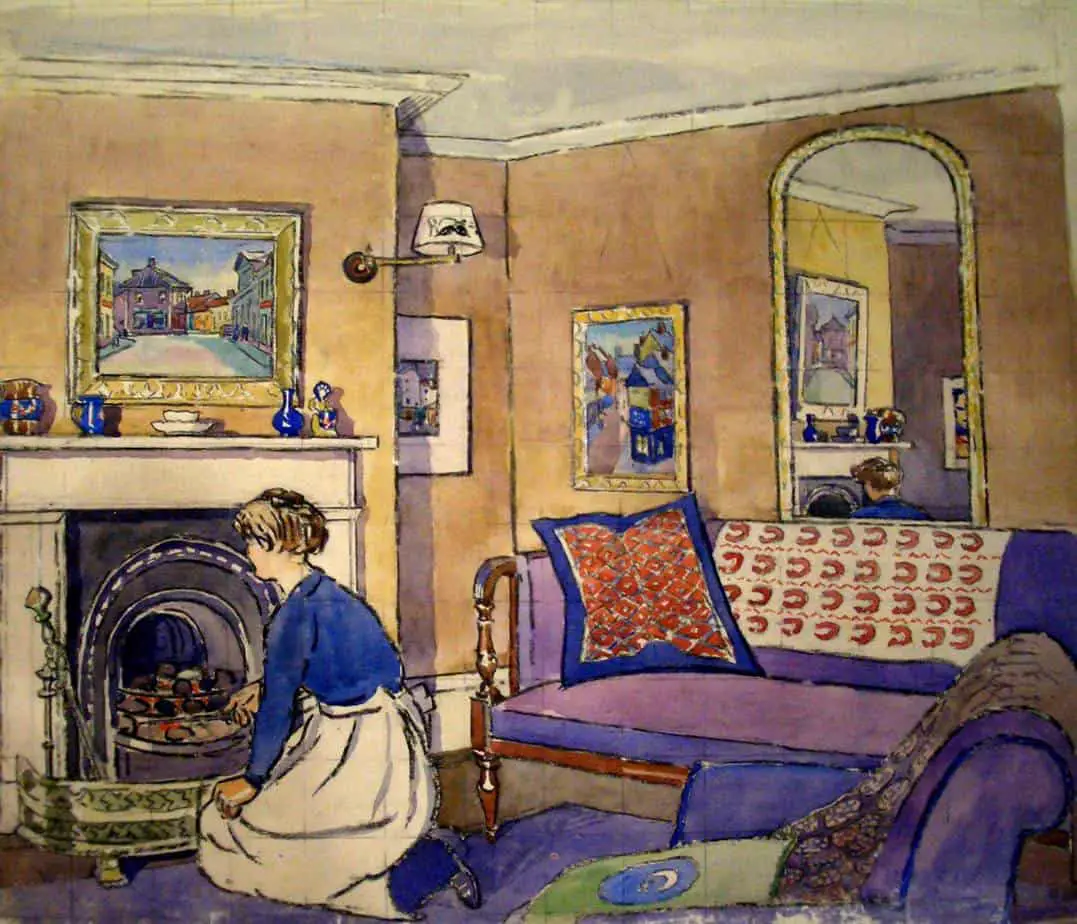
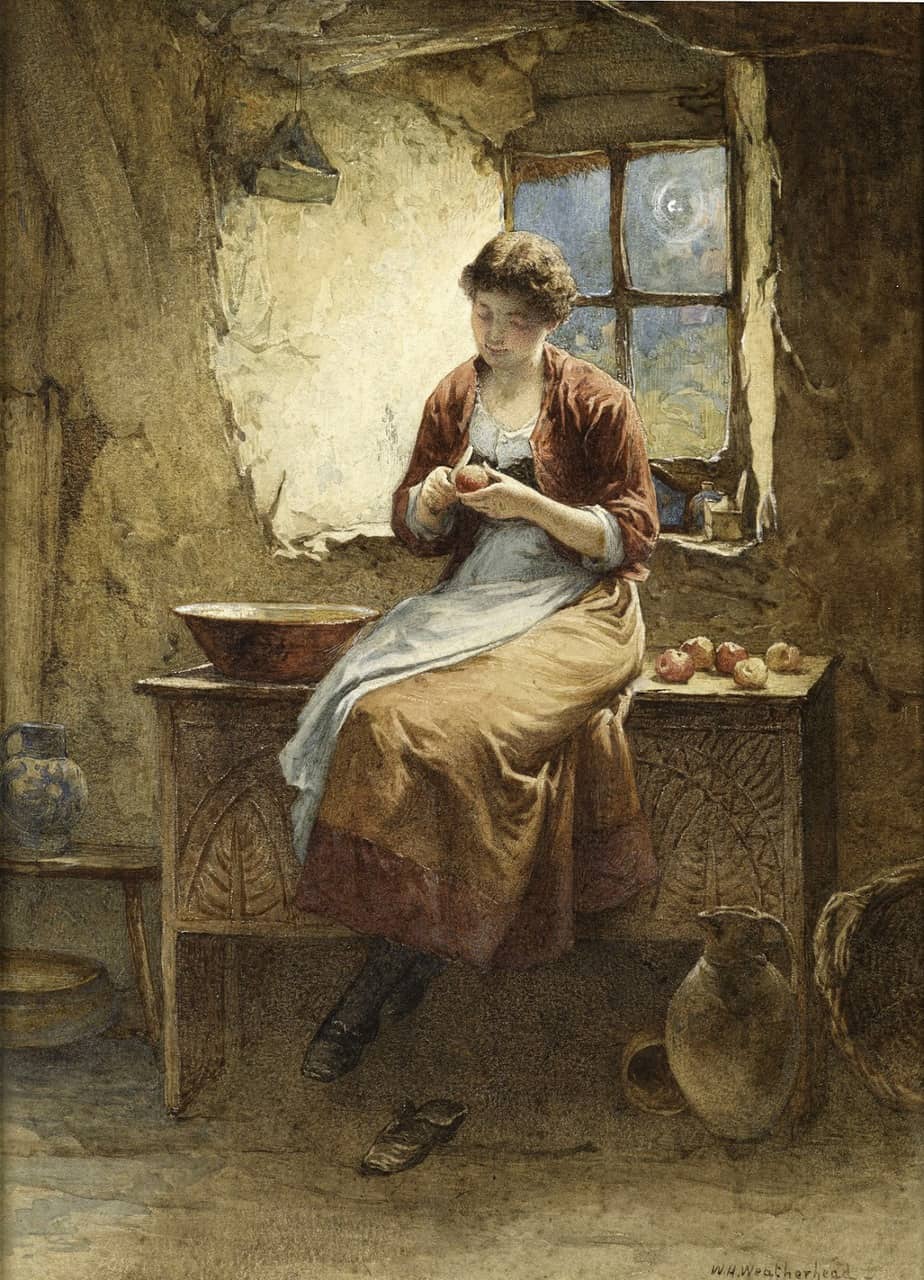
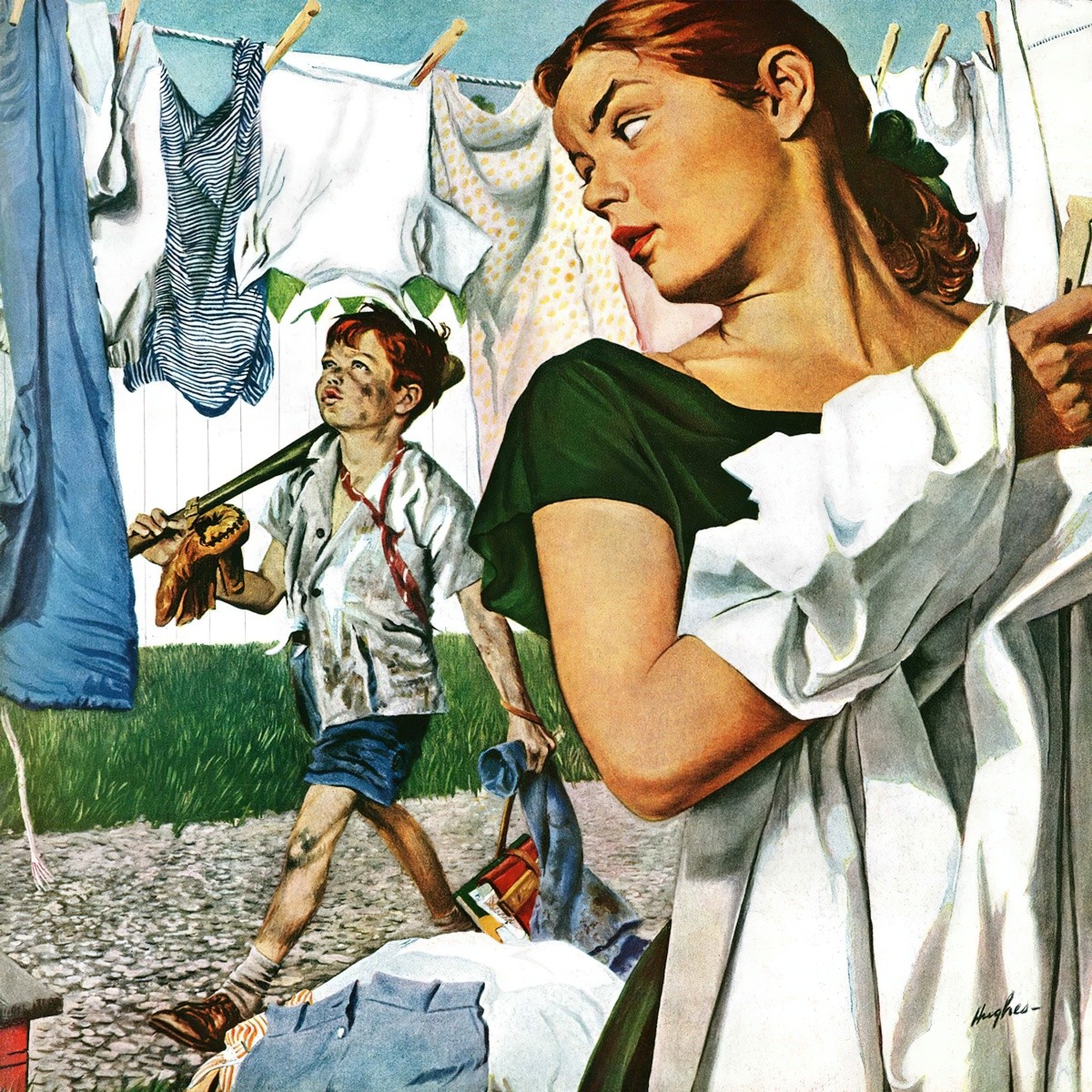
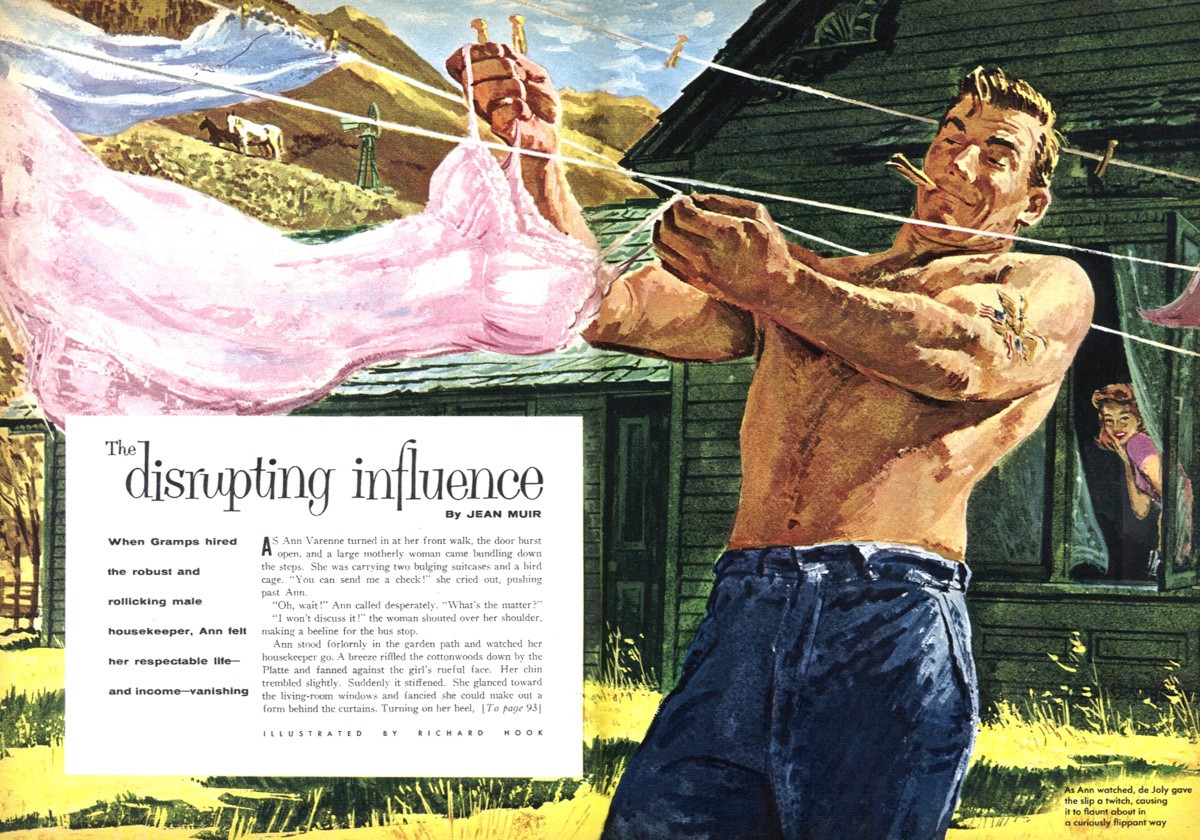
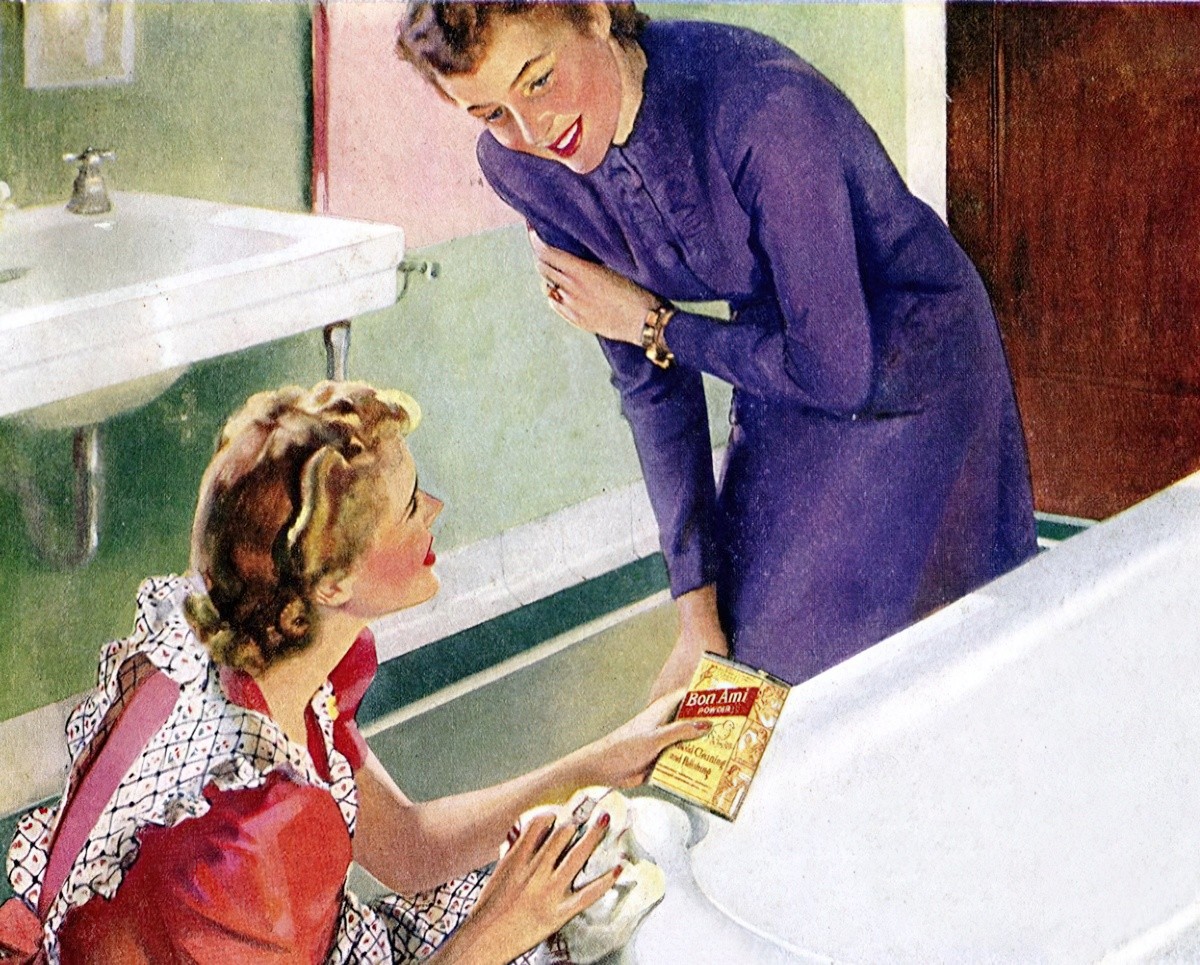
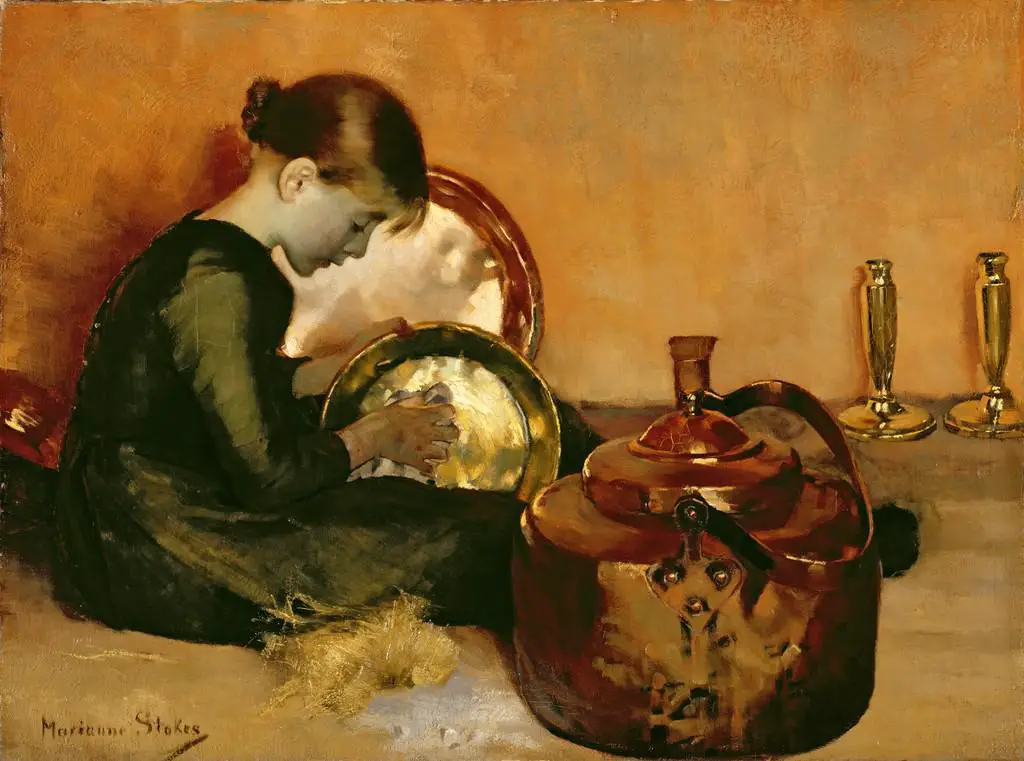
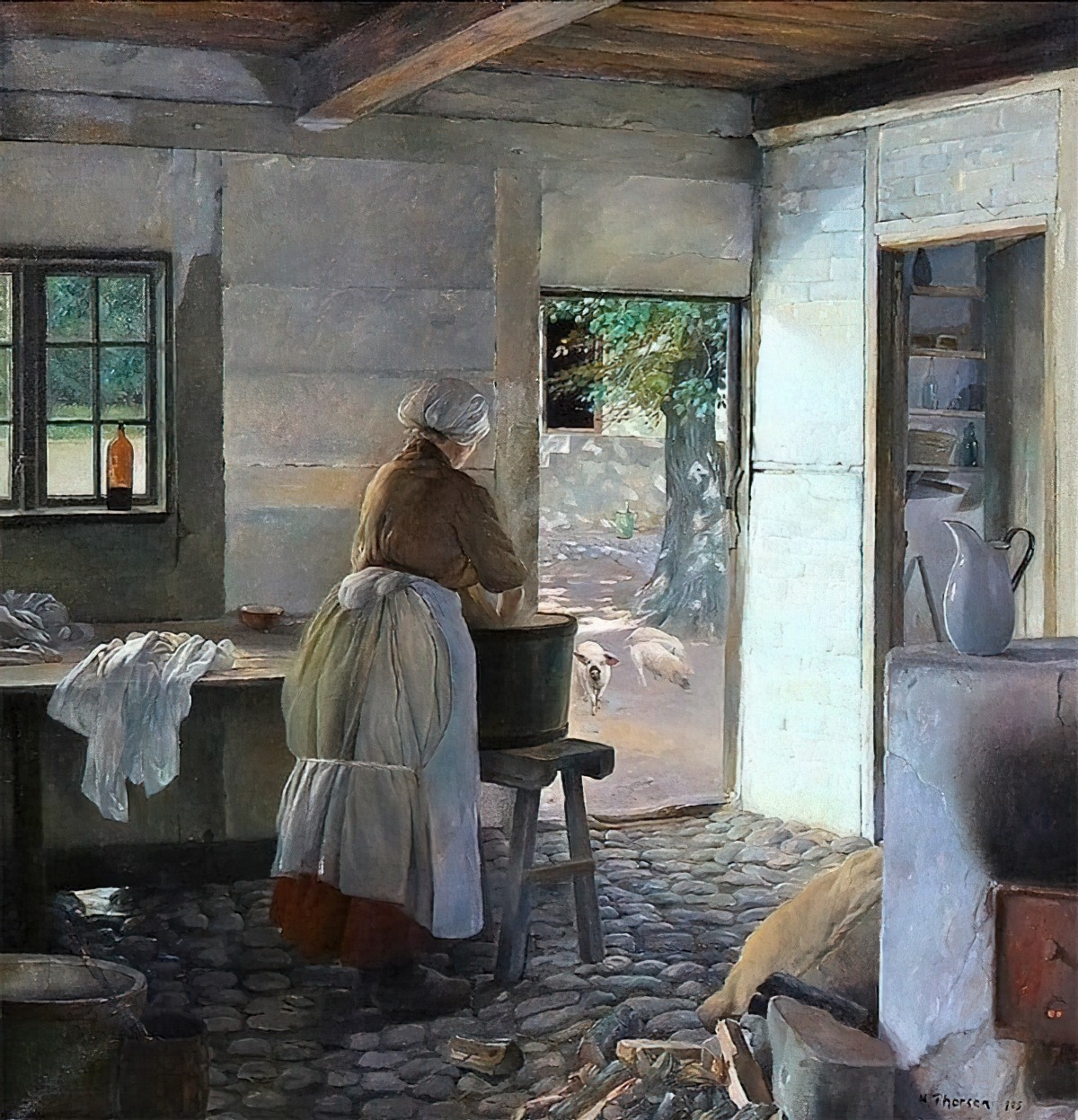
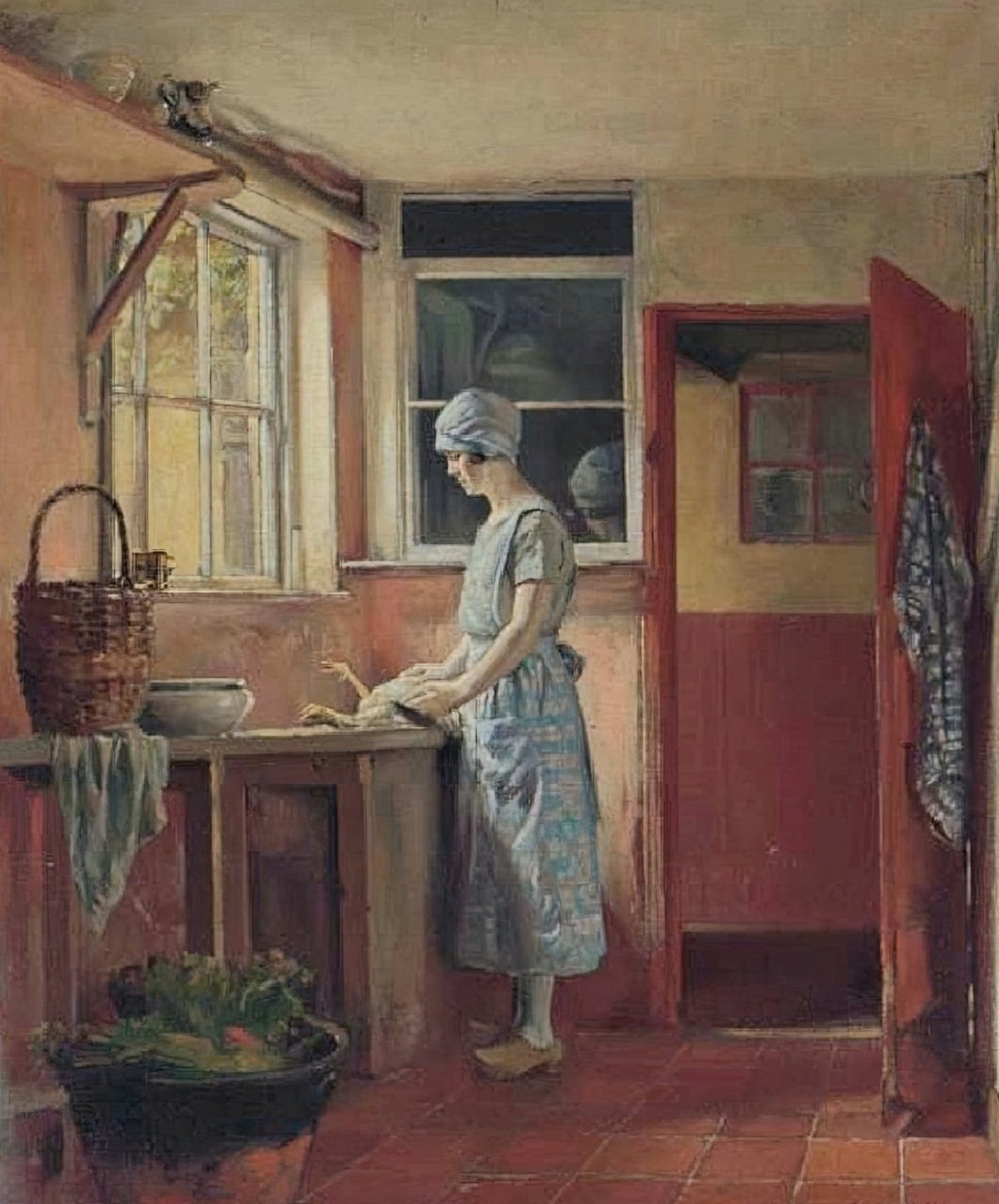
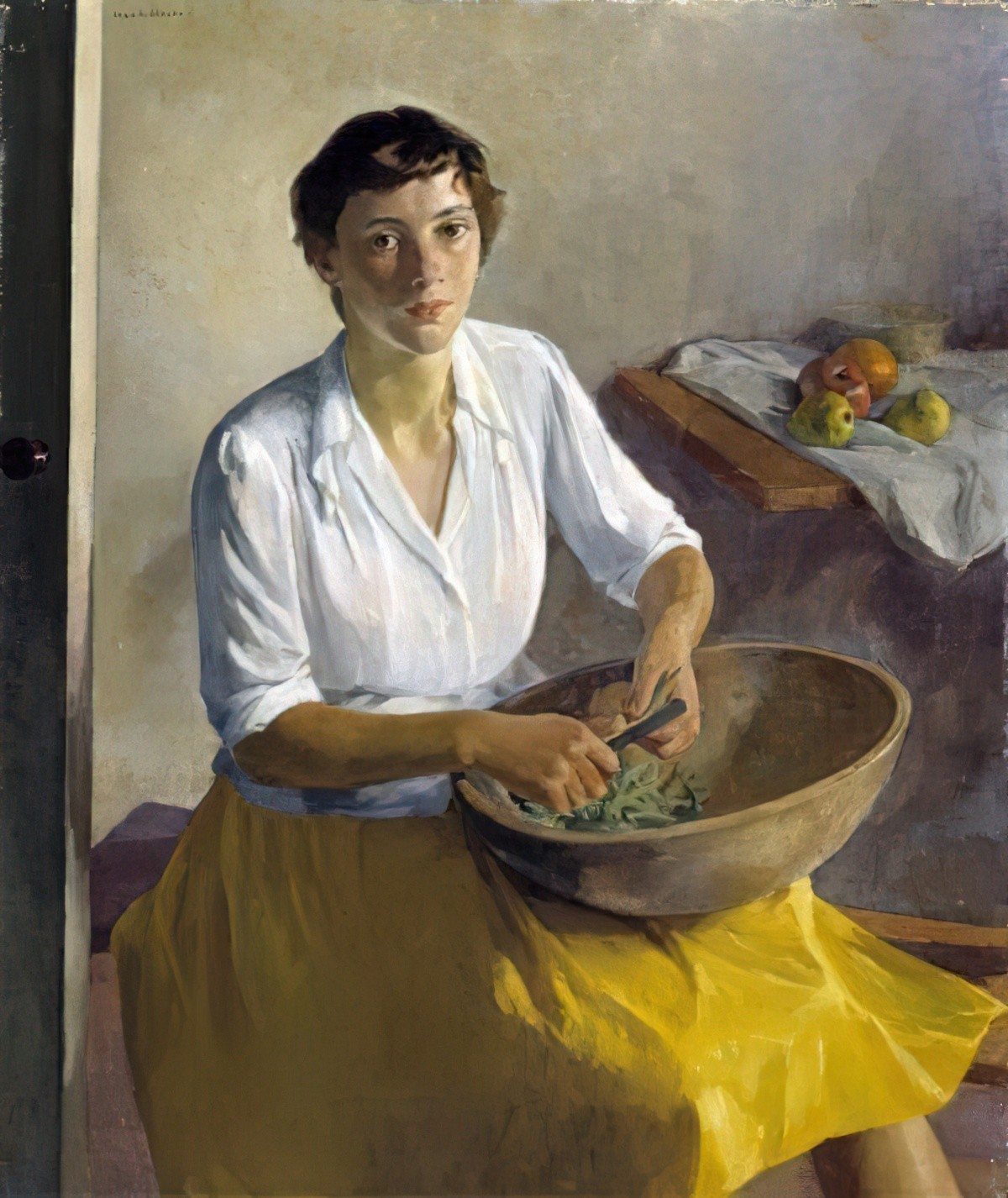
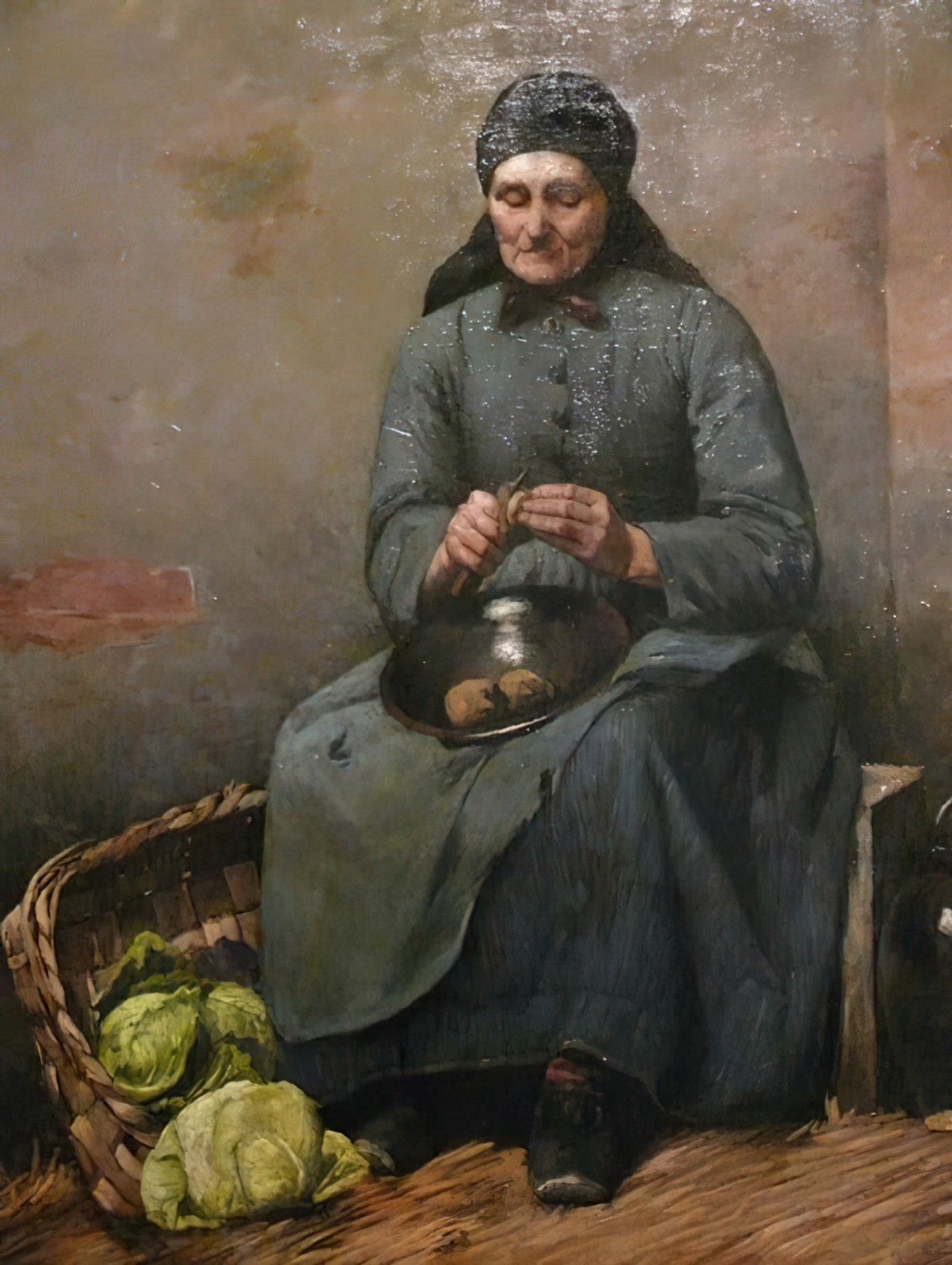
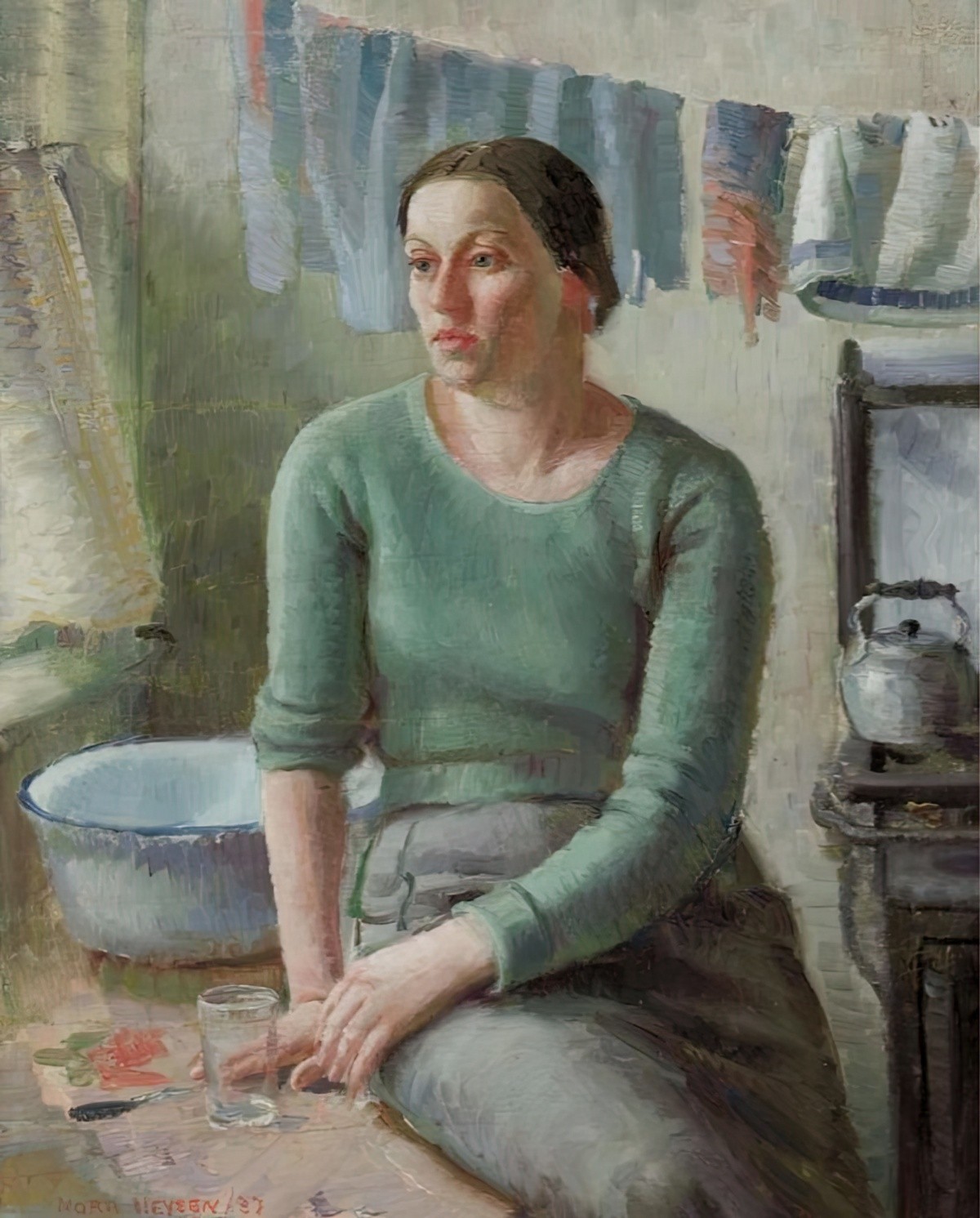
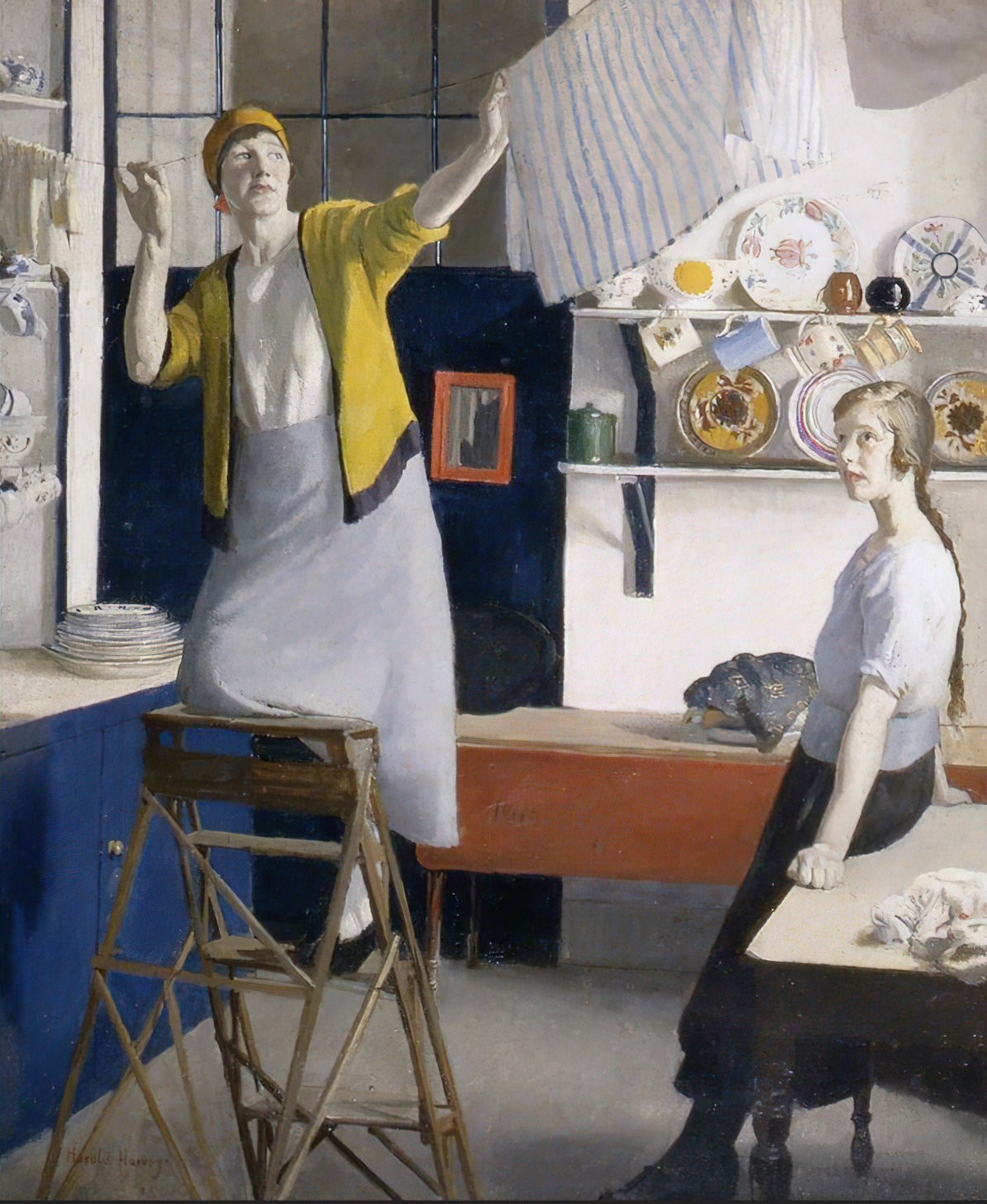
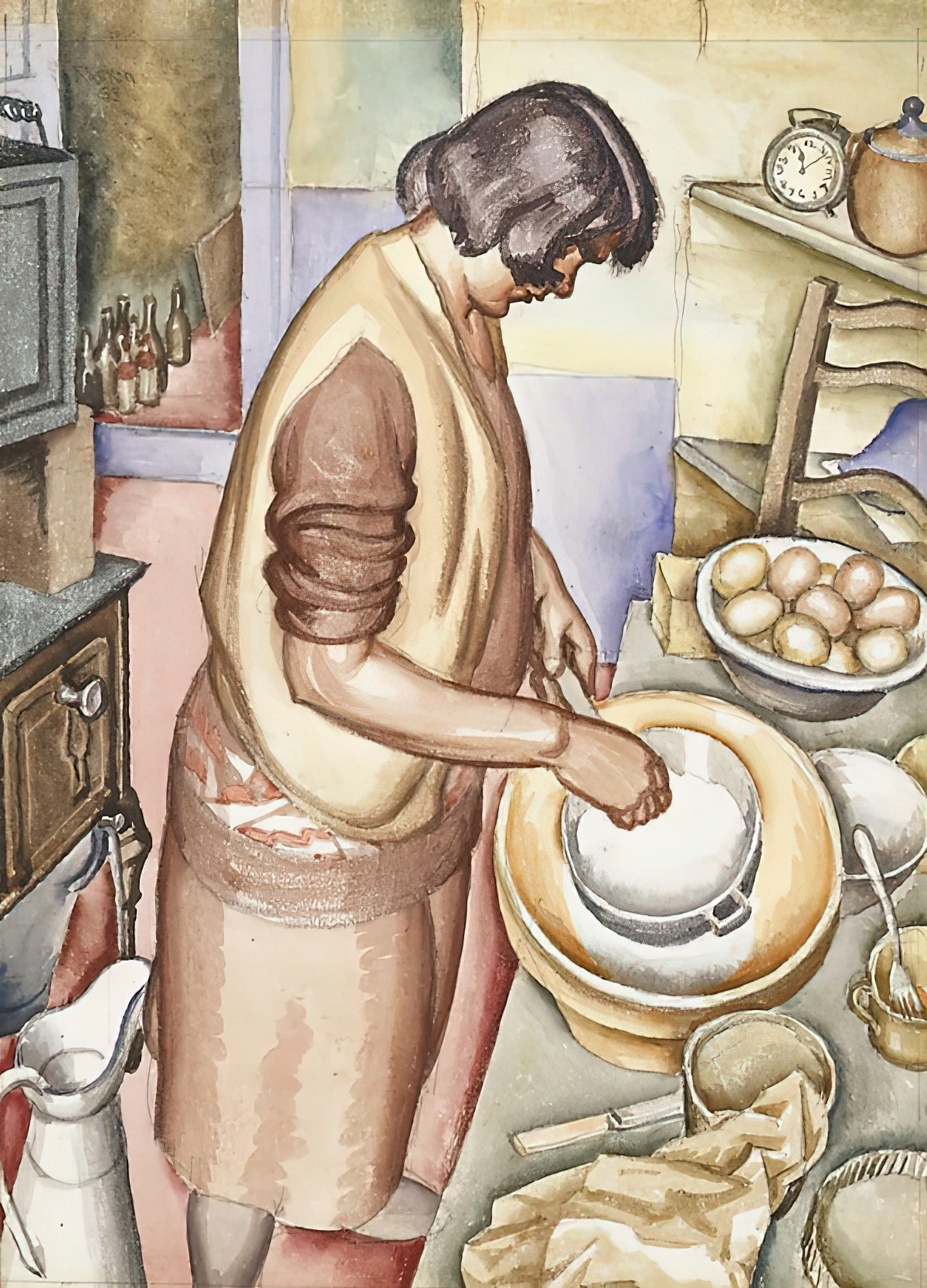

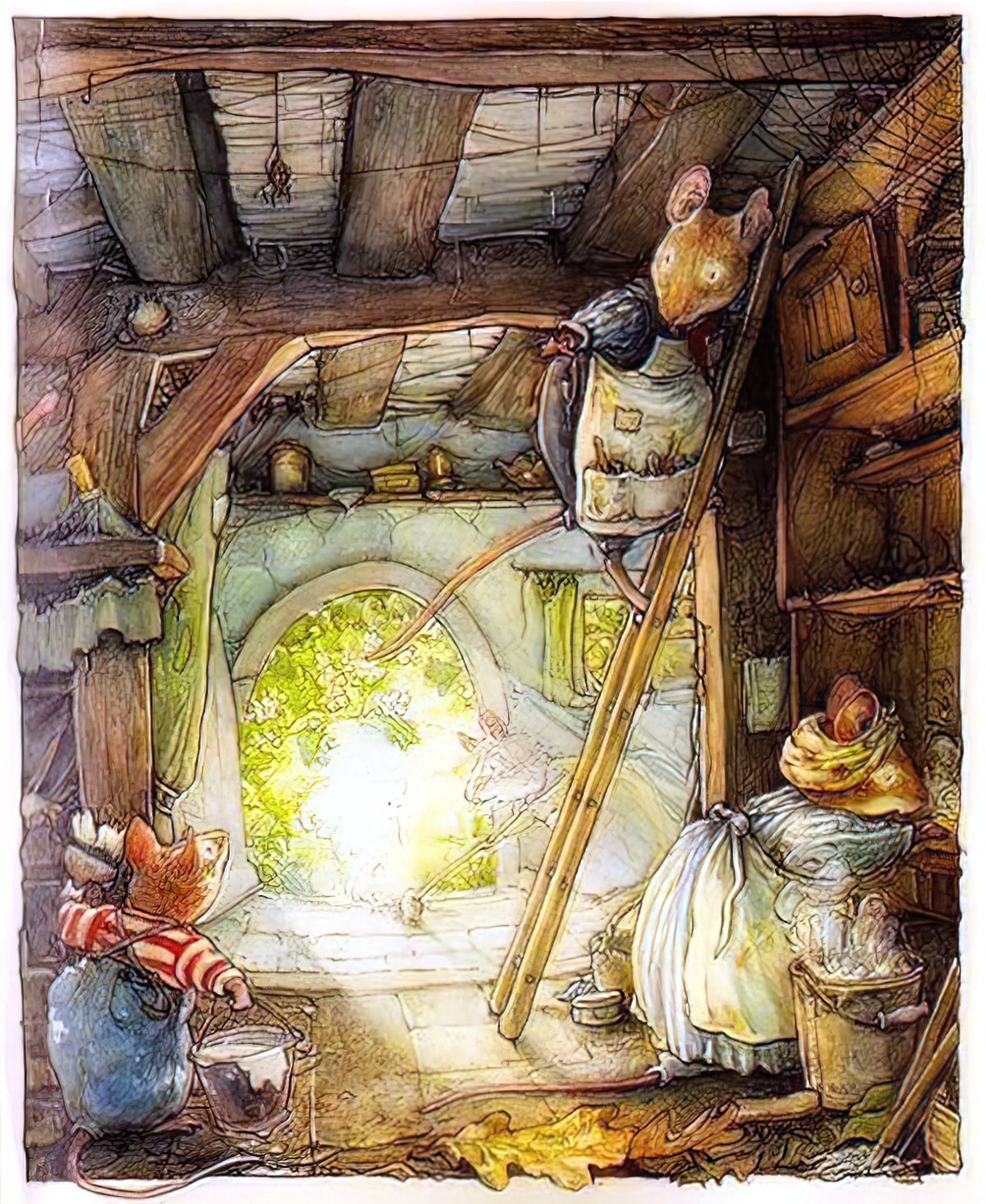
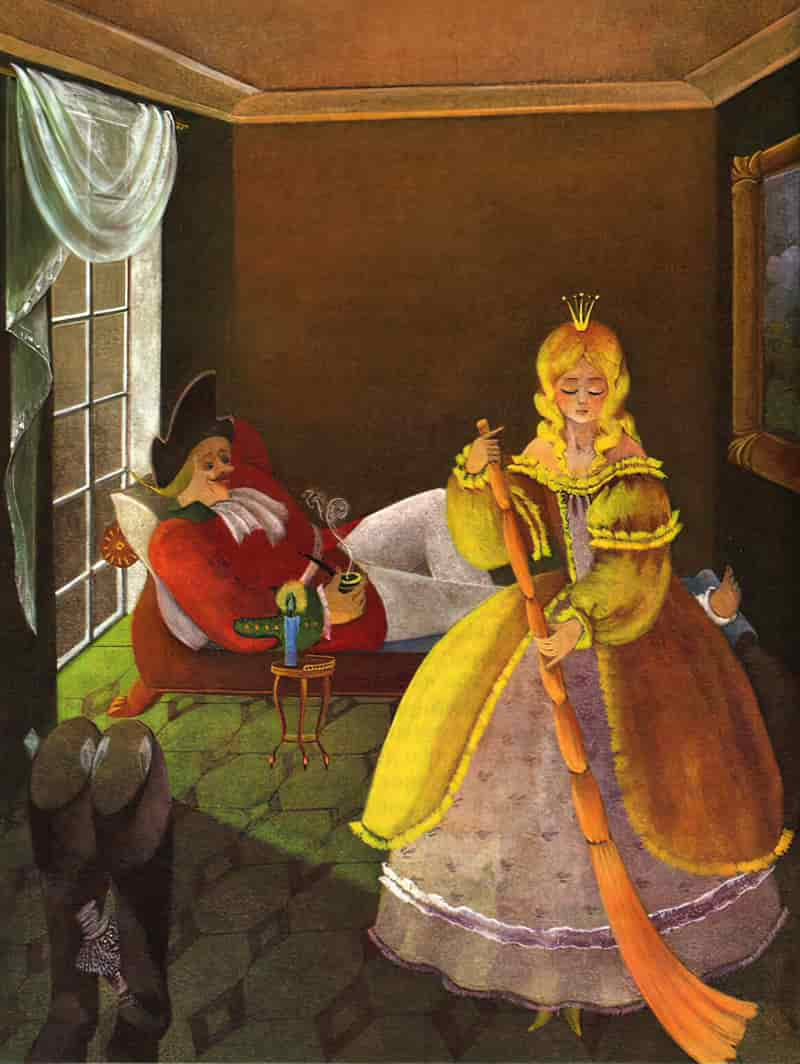
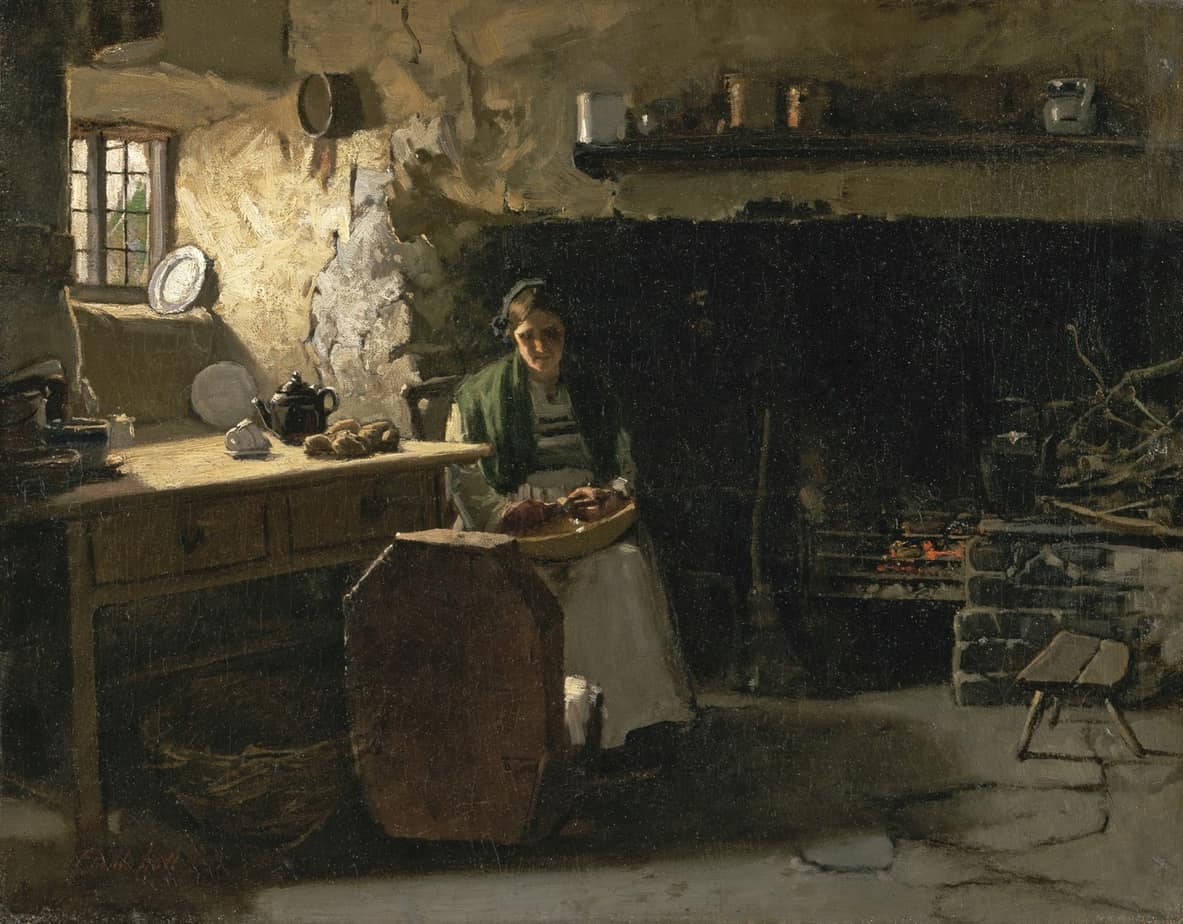
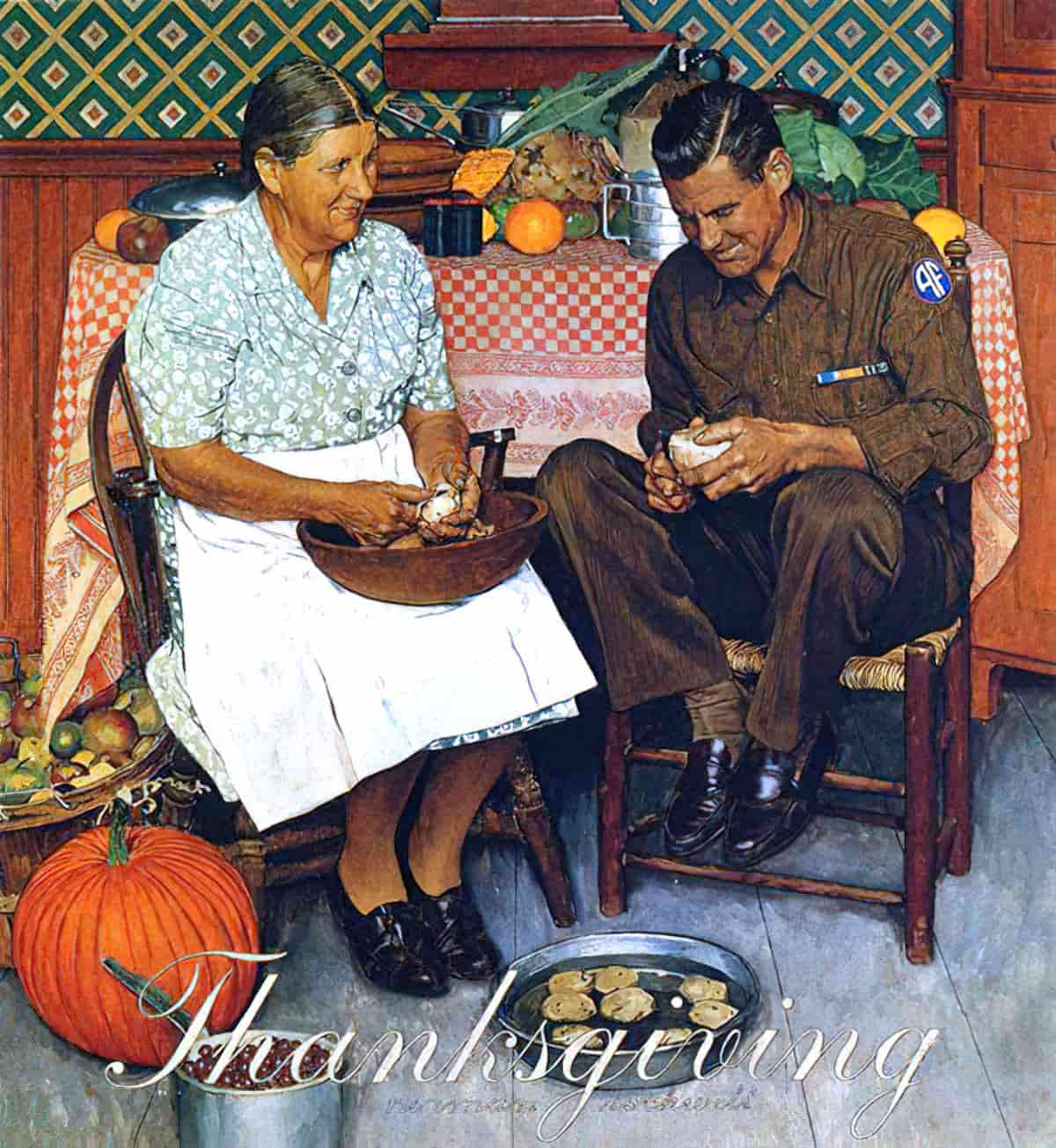
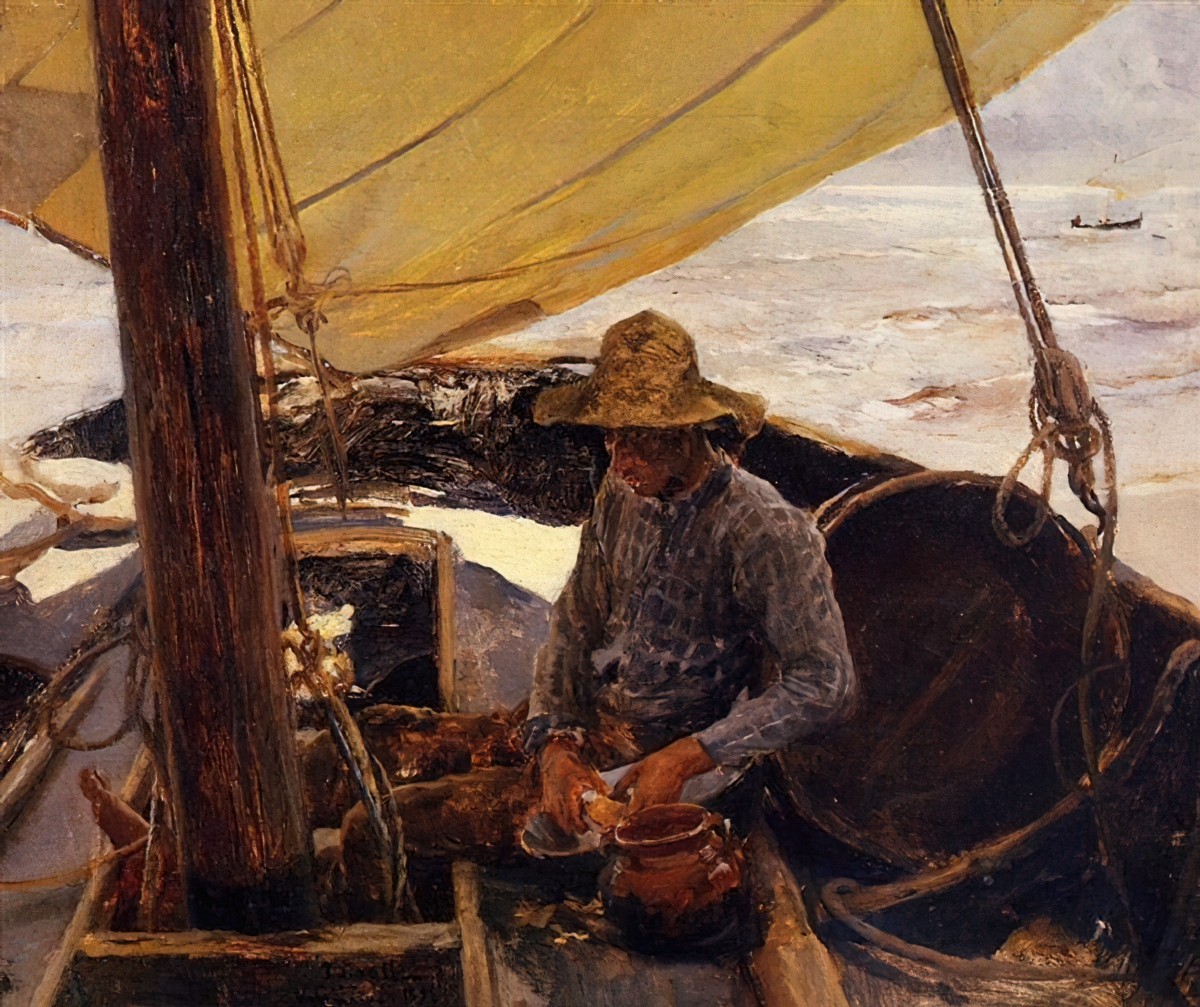
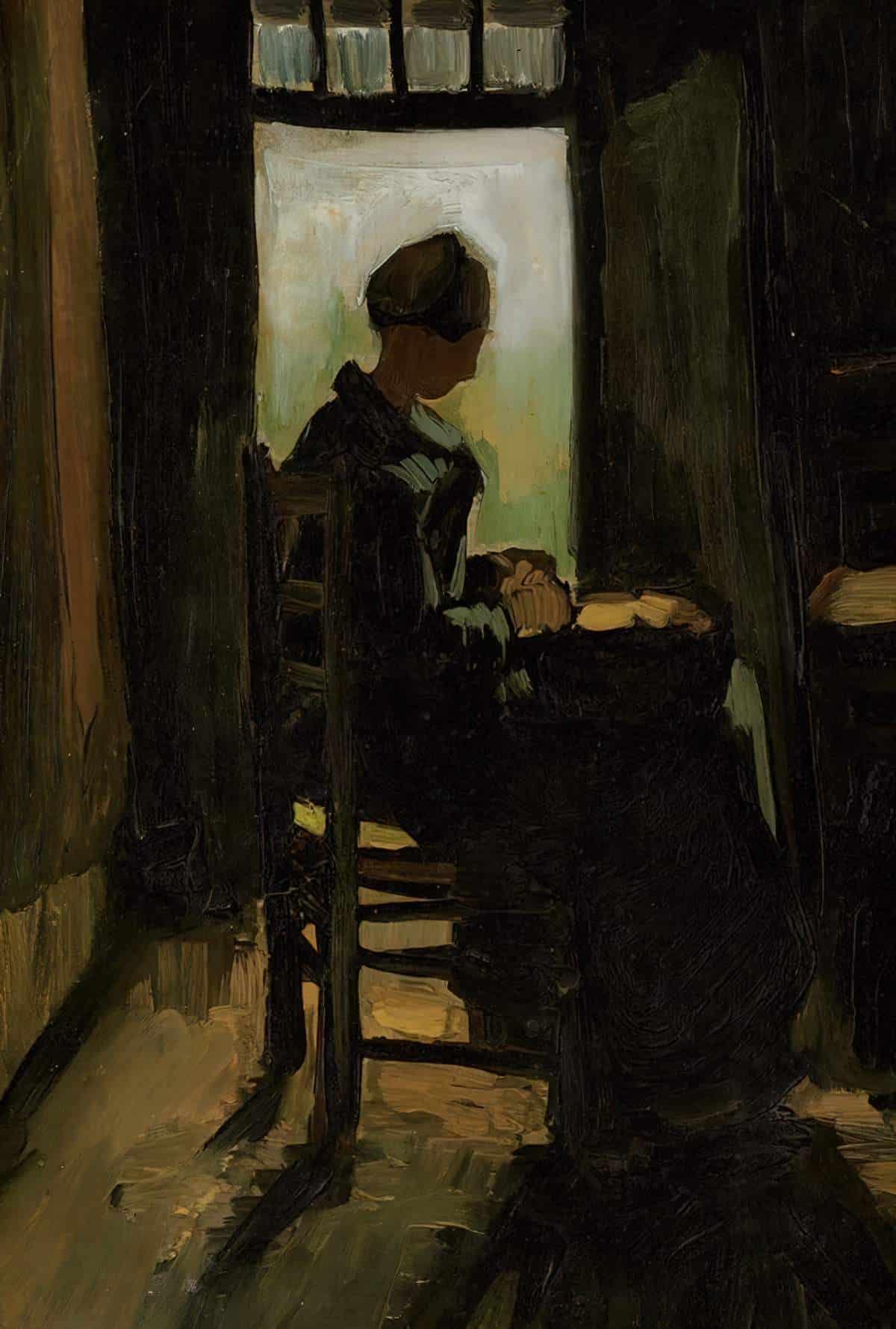
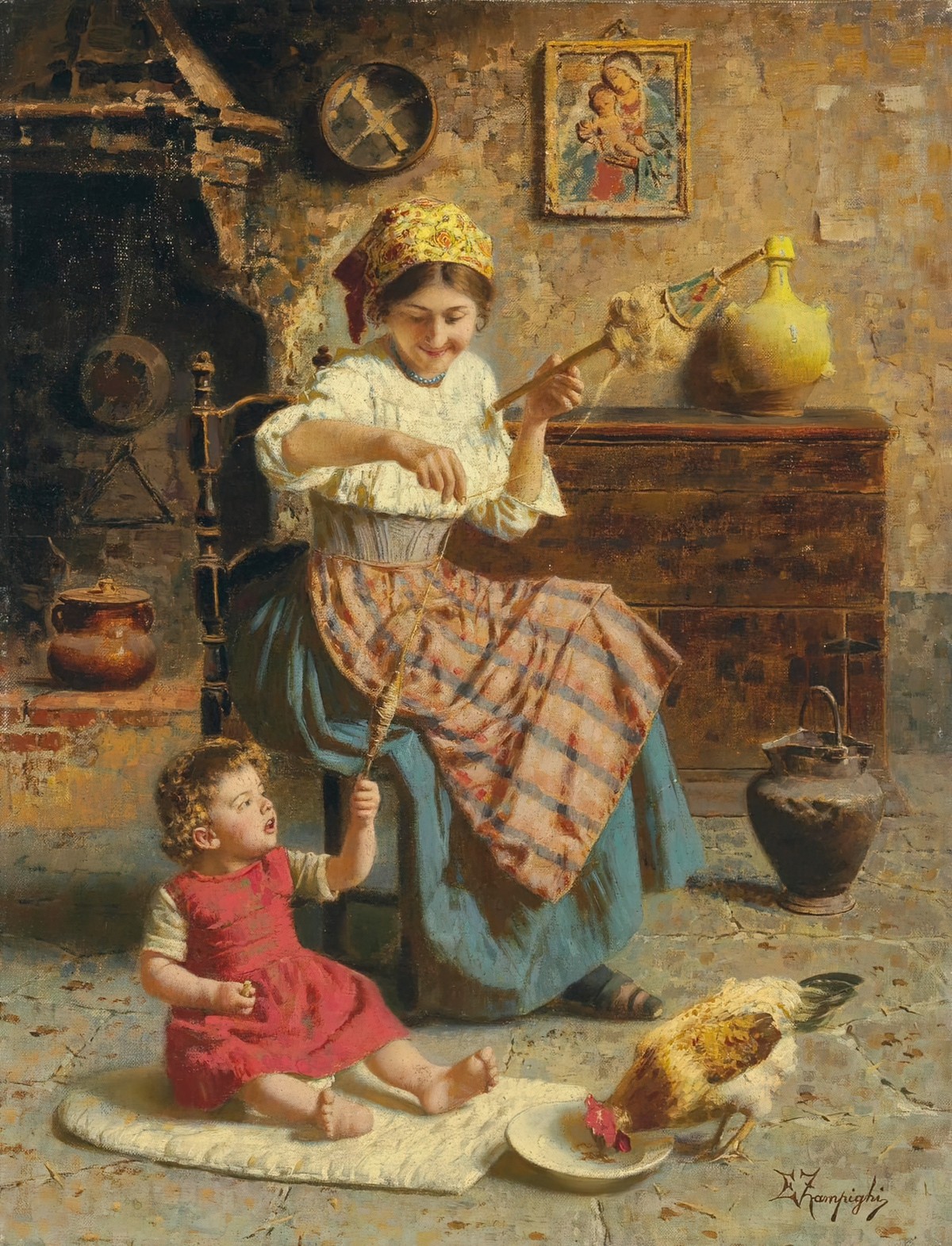
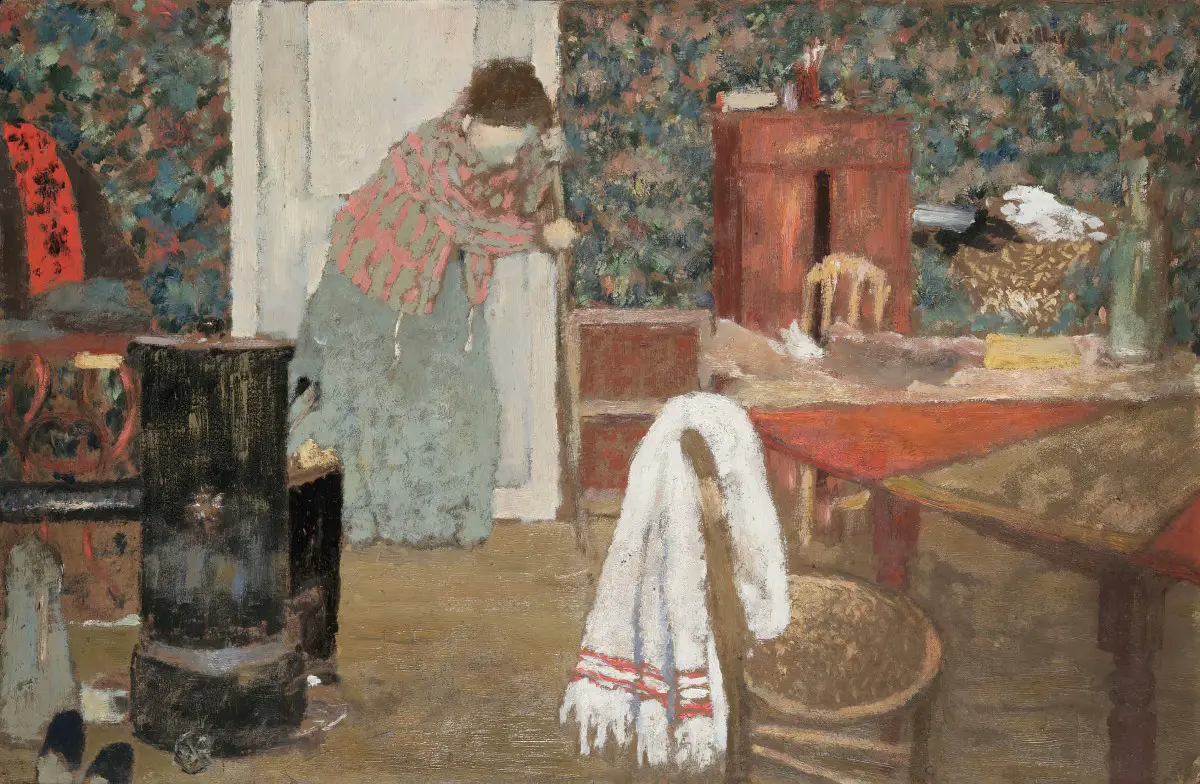
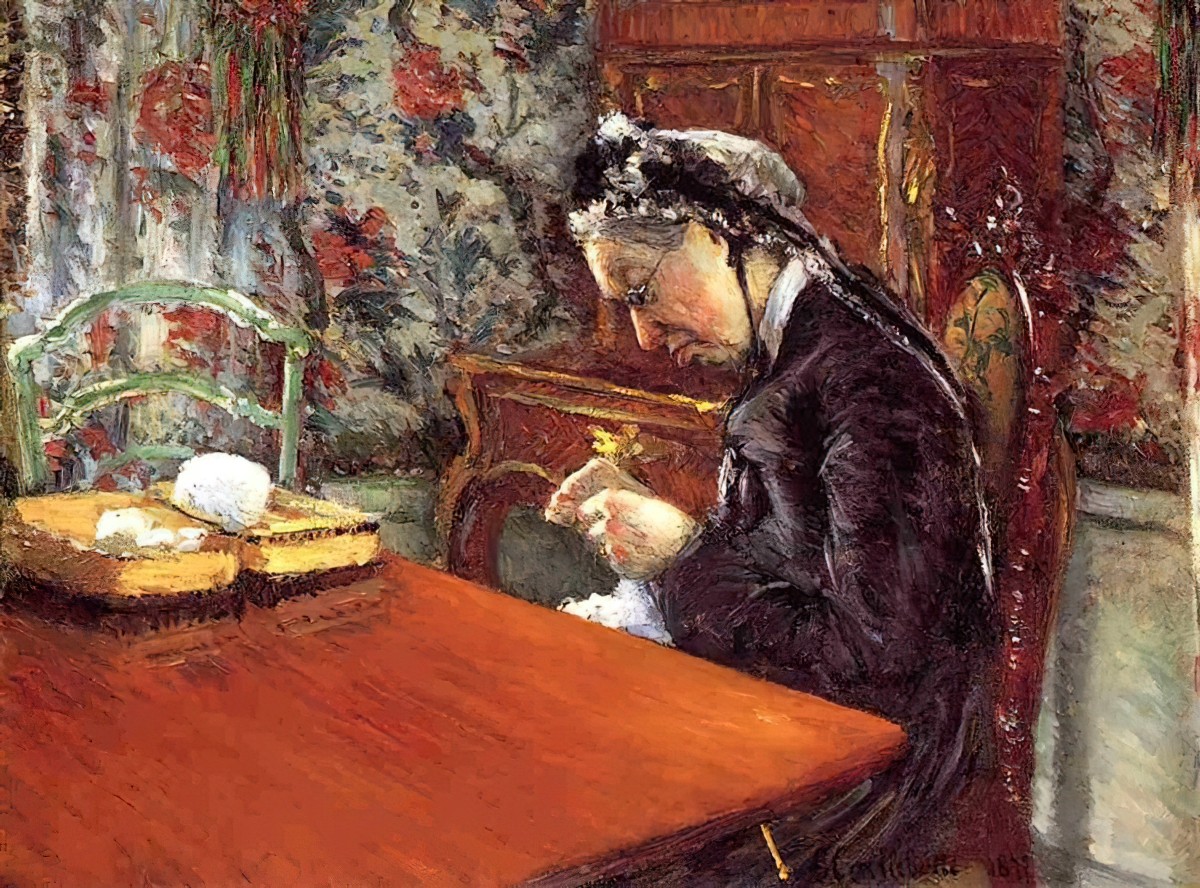
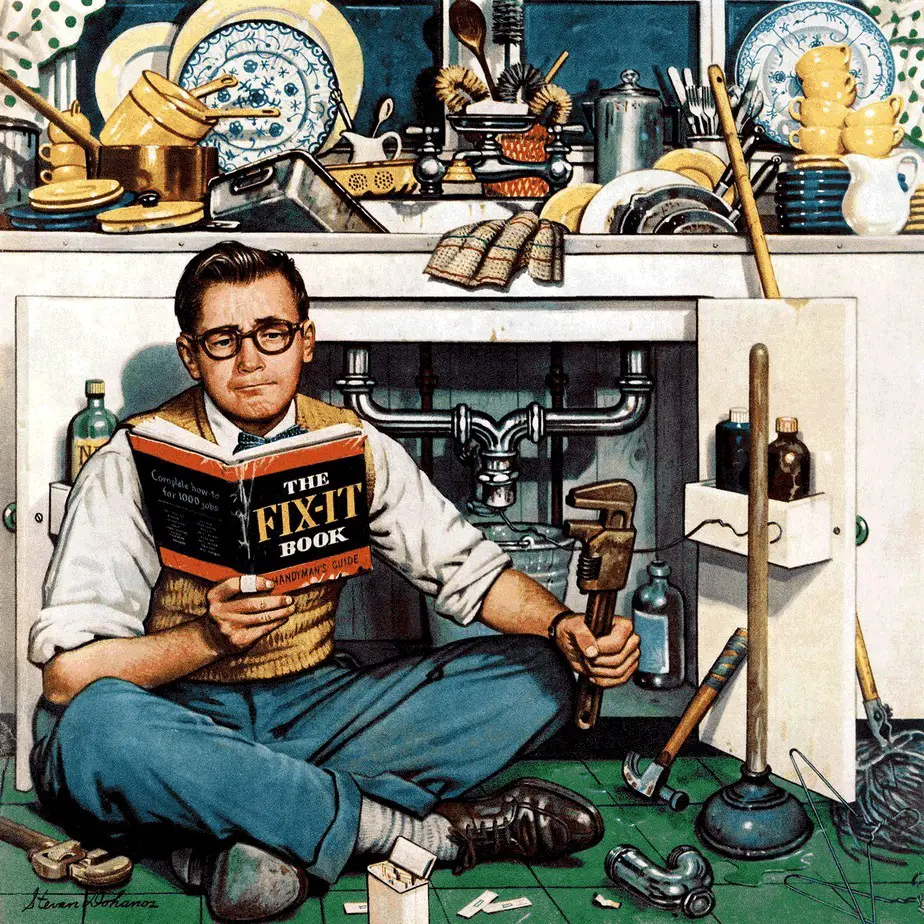
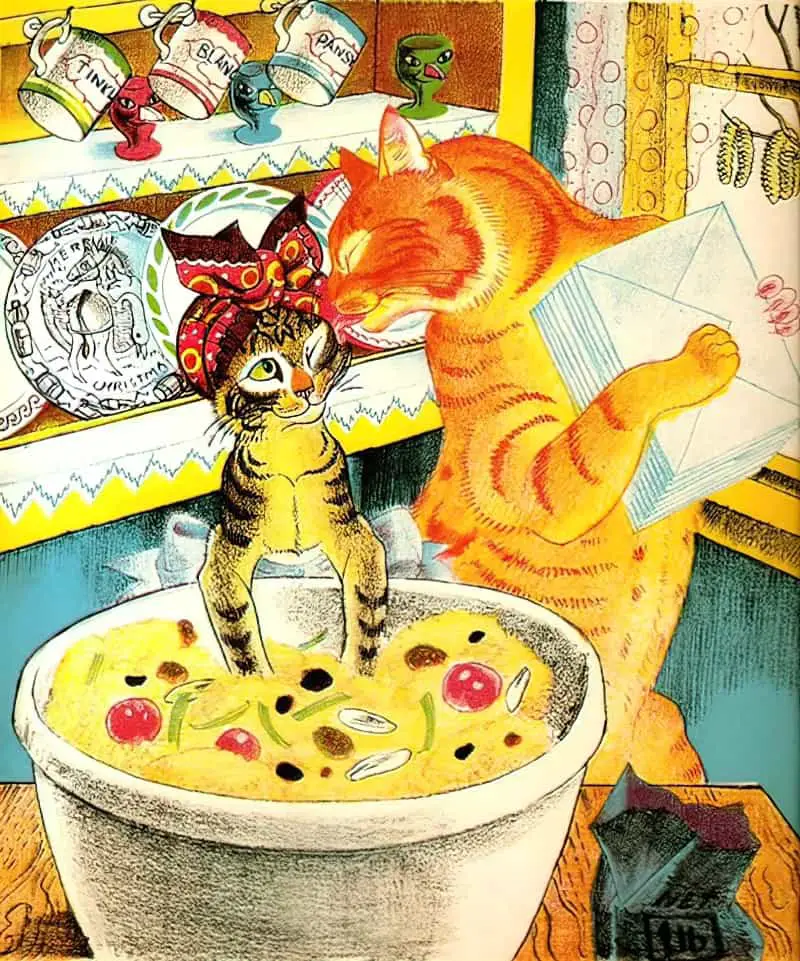
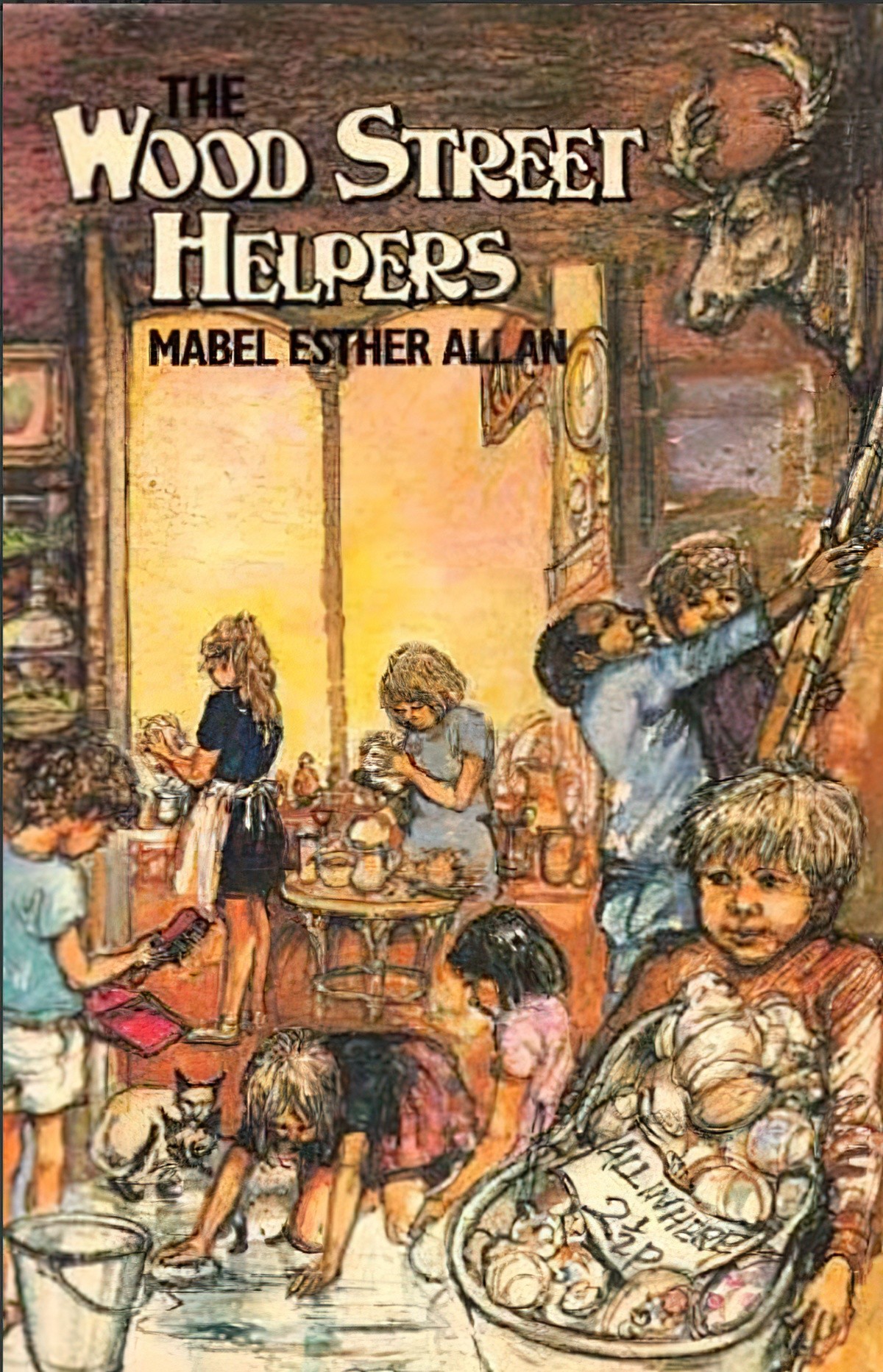
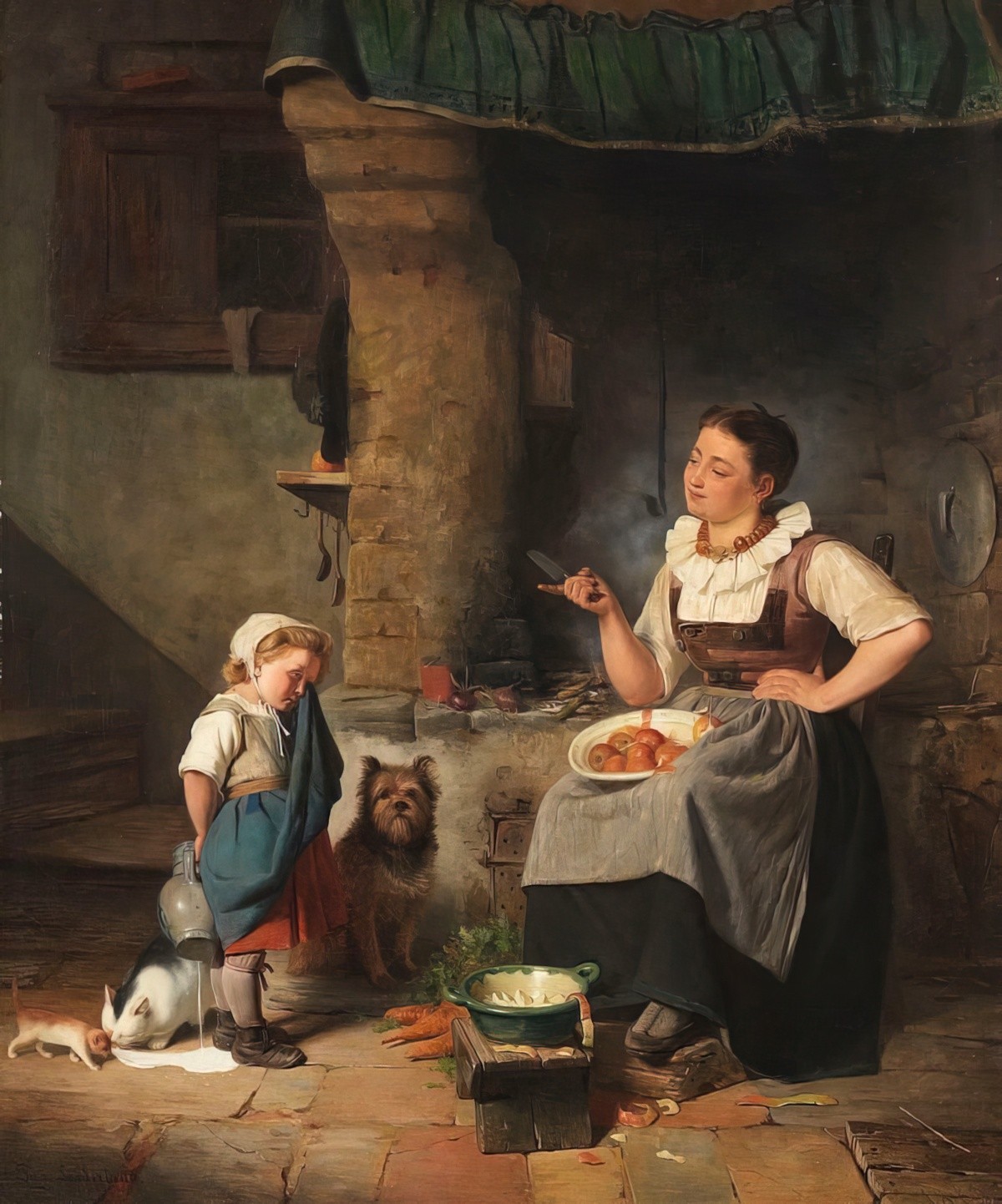
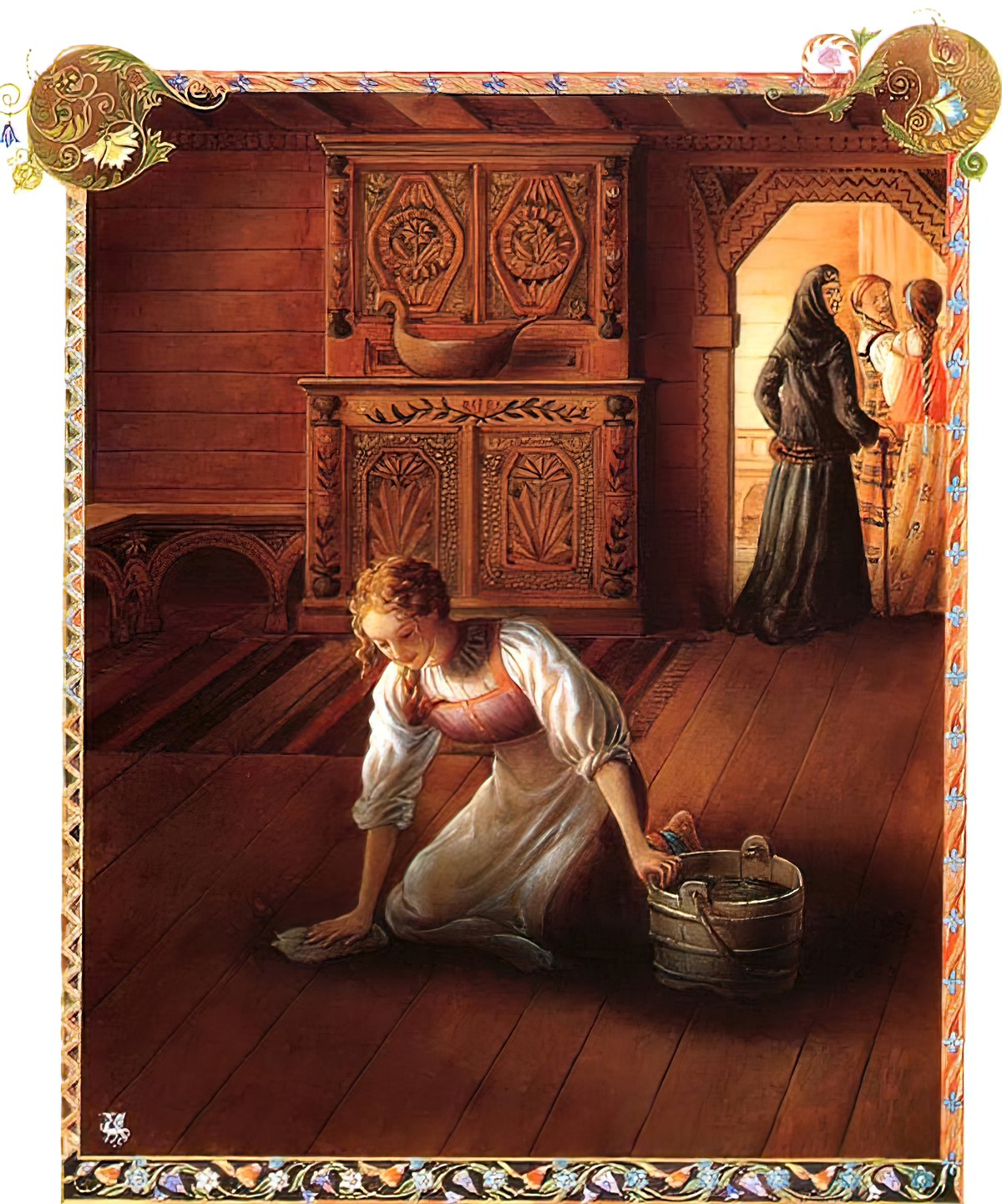
Header painting: Garnet Ruskin Wolseley (1884-1967) British
